Having spent our last day on the Mediterranean coast cycling the Corniche des Maures which links Le Lavandou and Cavalaire sur Mer, it was with heavy heart that we started the long drive home.
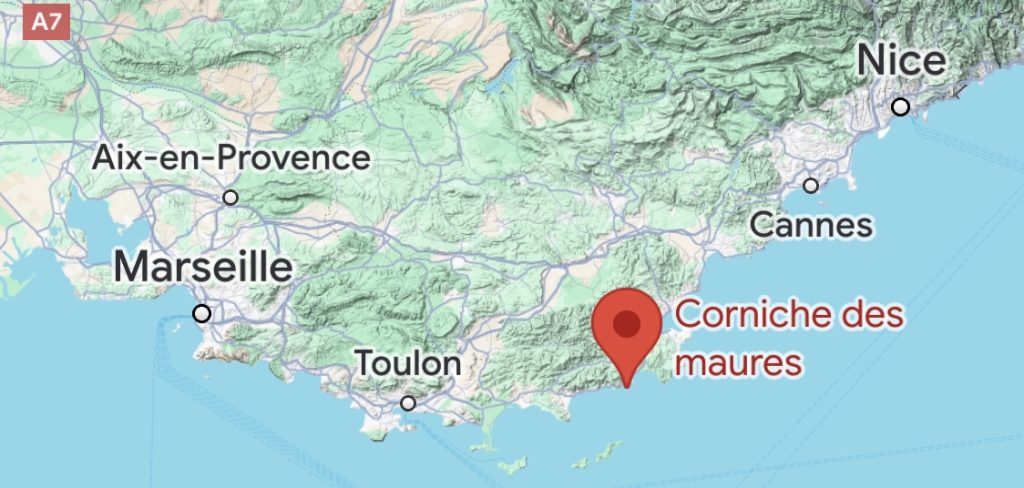
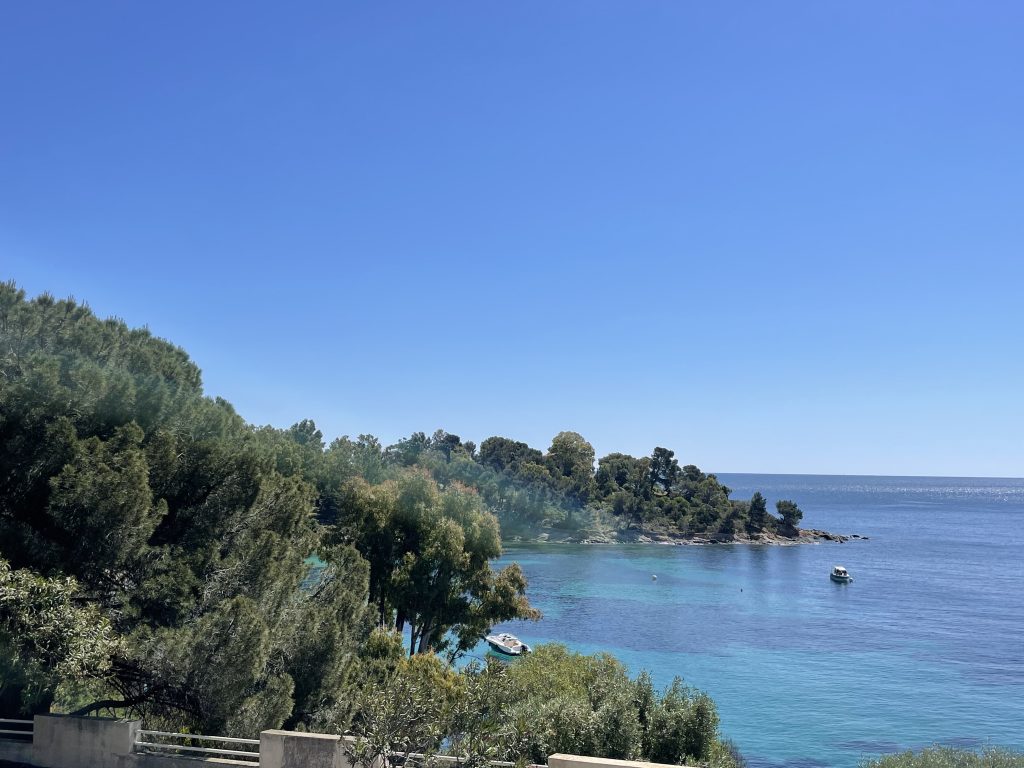
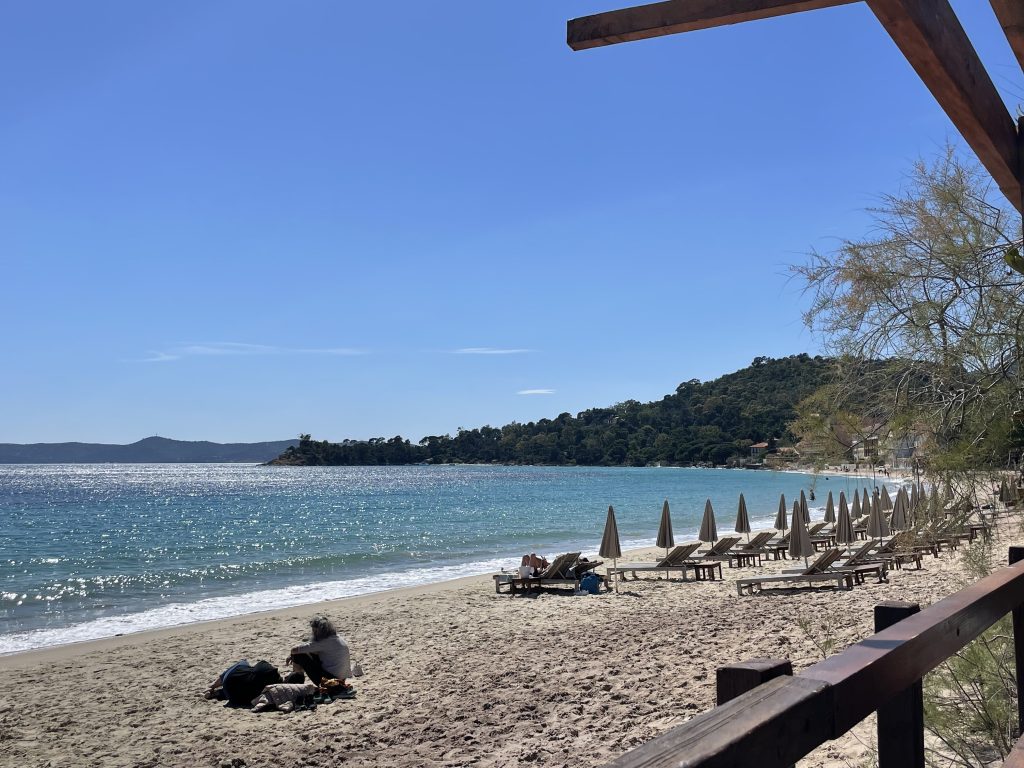
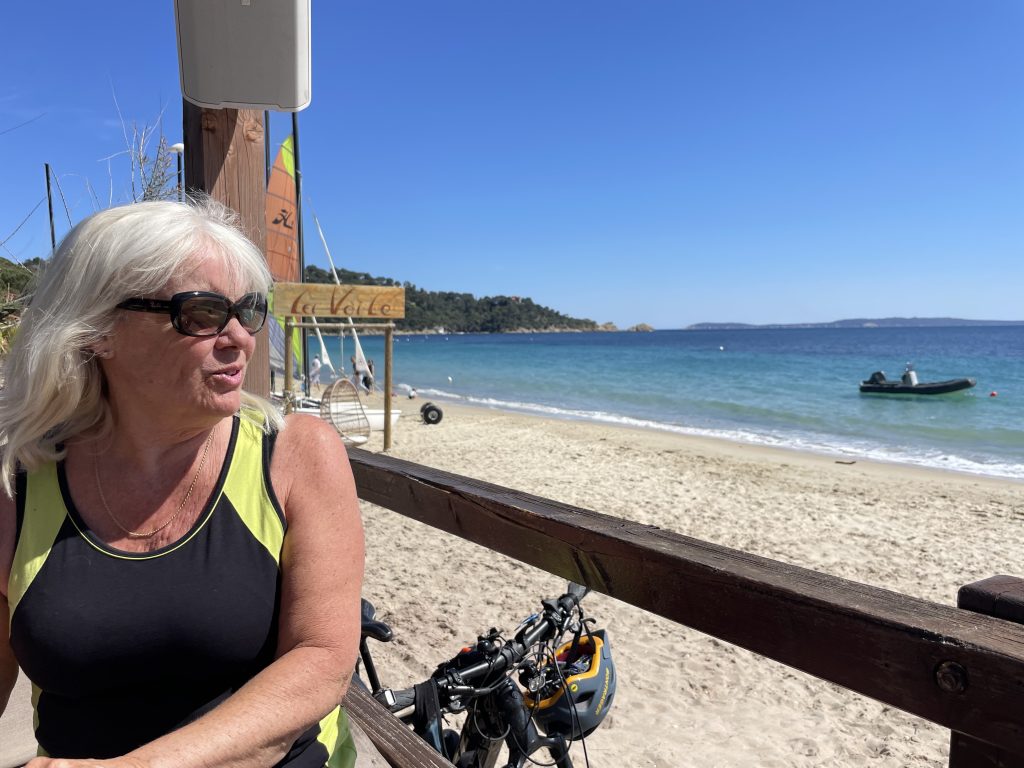
We drove west along the coast to Toulon where Penny had spent some weeks on a foreign exchange 50 years ago; she didn’t recognise any of it!
We then headed inland to Avignon, with just enough time to whizz around the C14th Papal Palace and have a dance on the Pont d’Avignon.
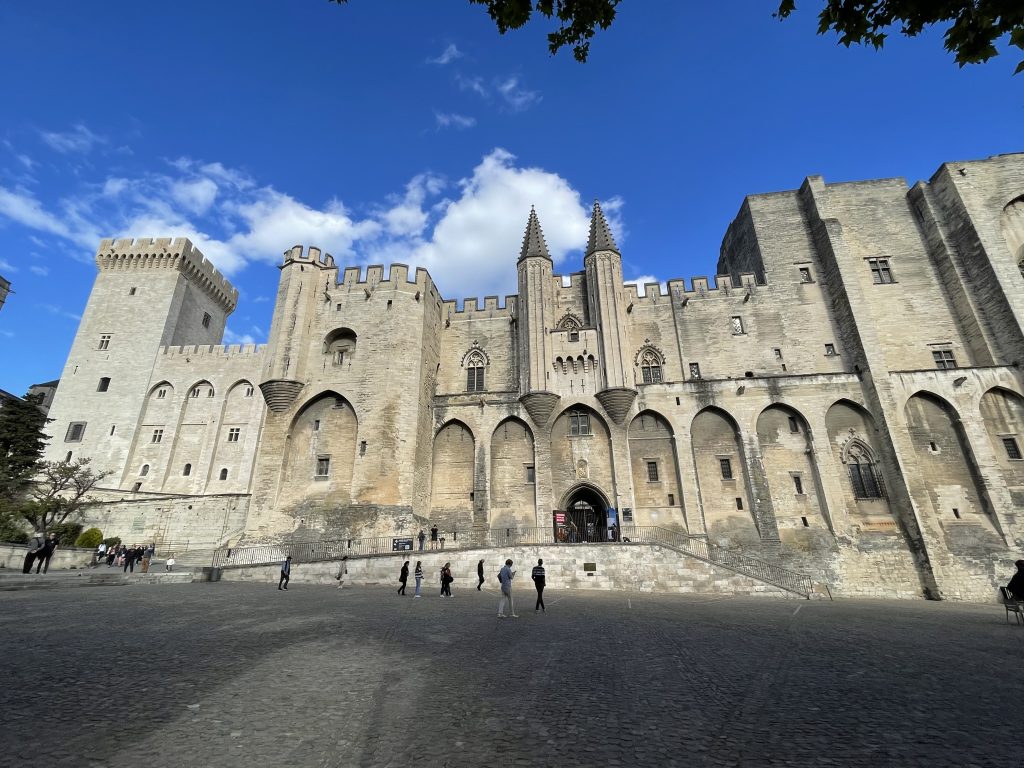
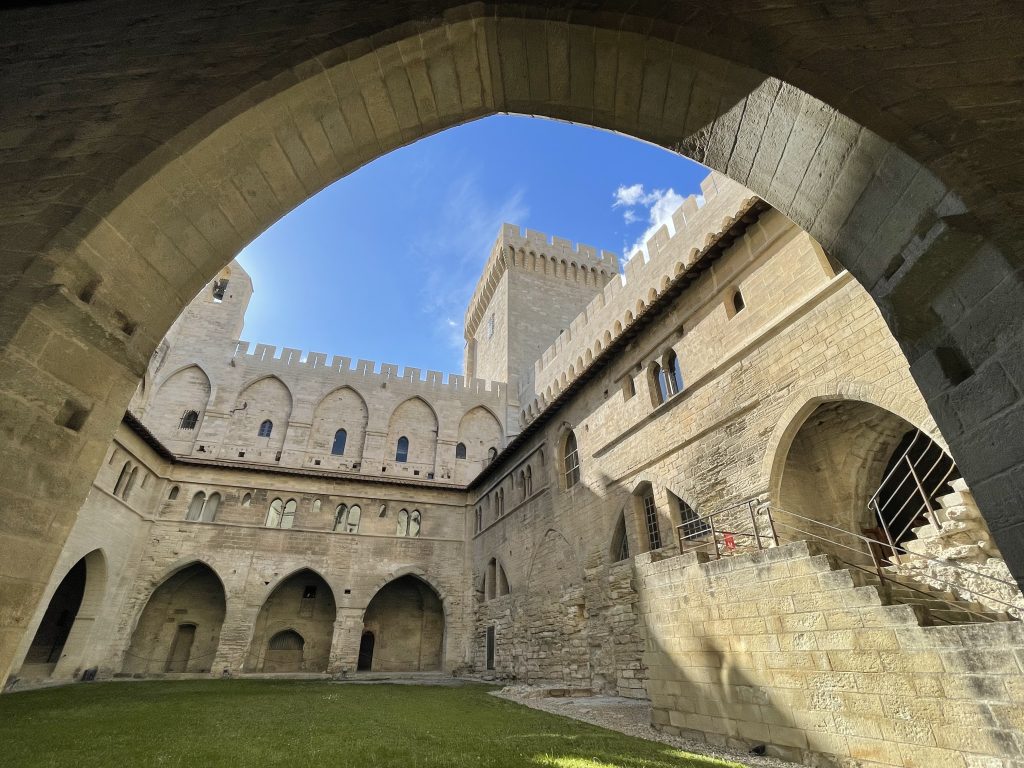
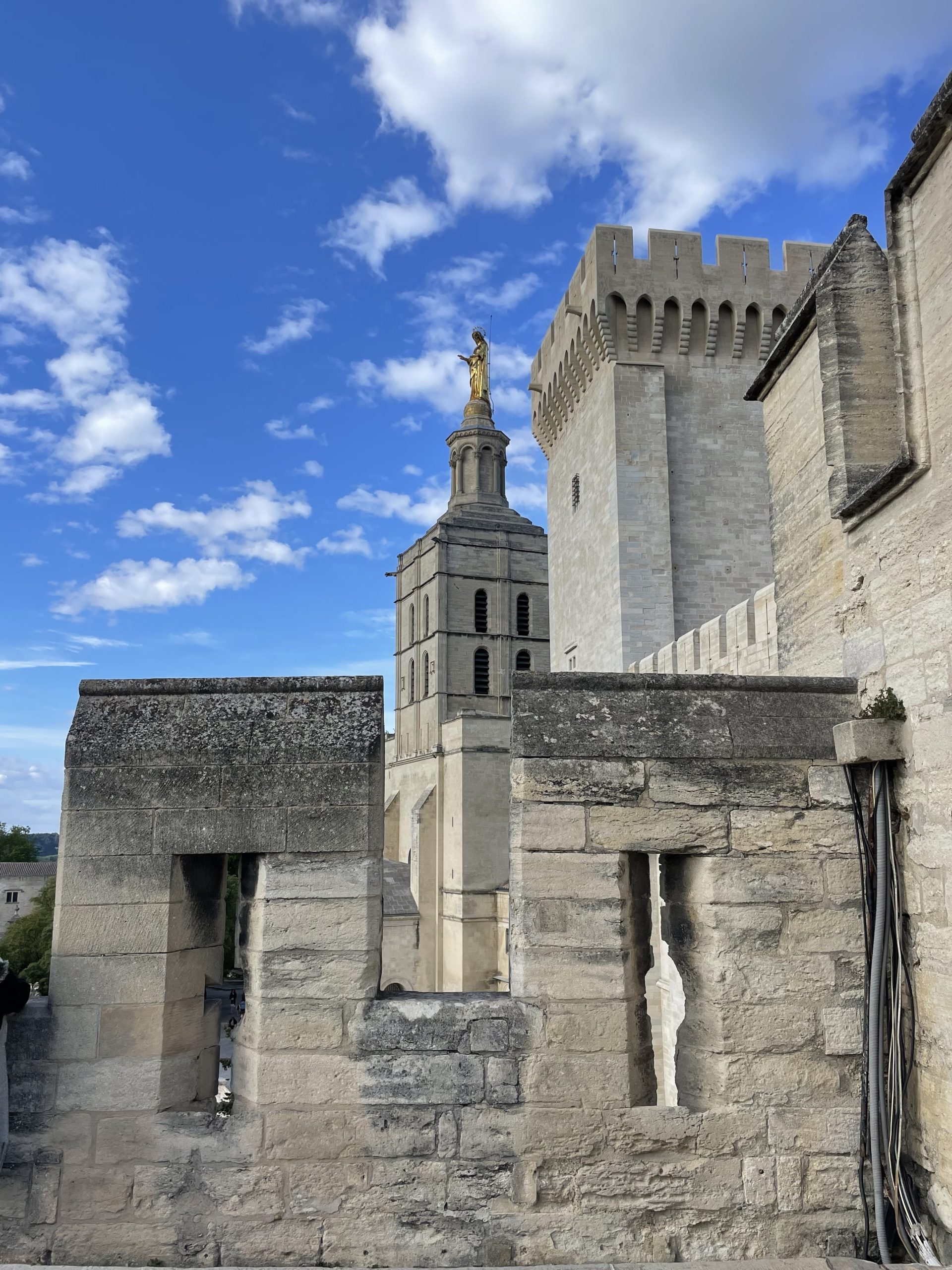
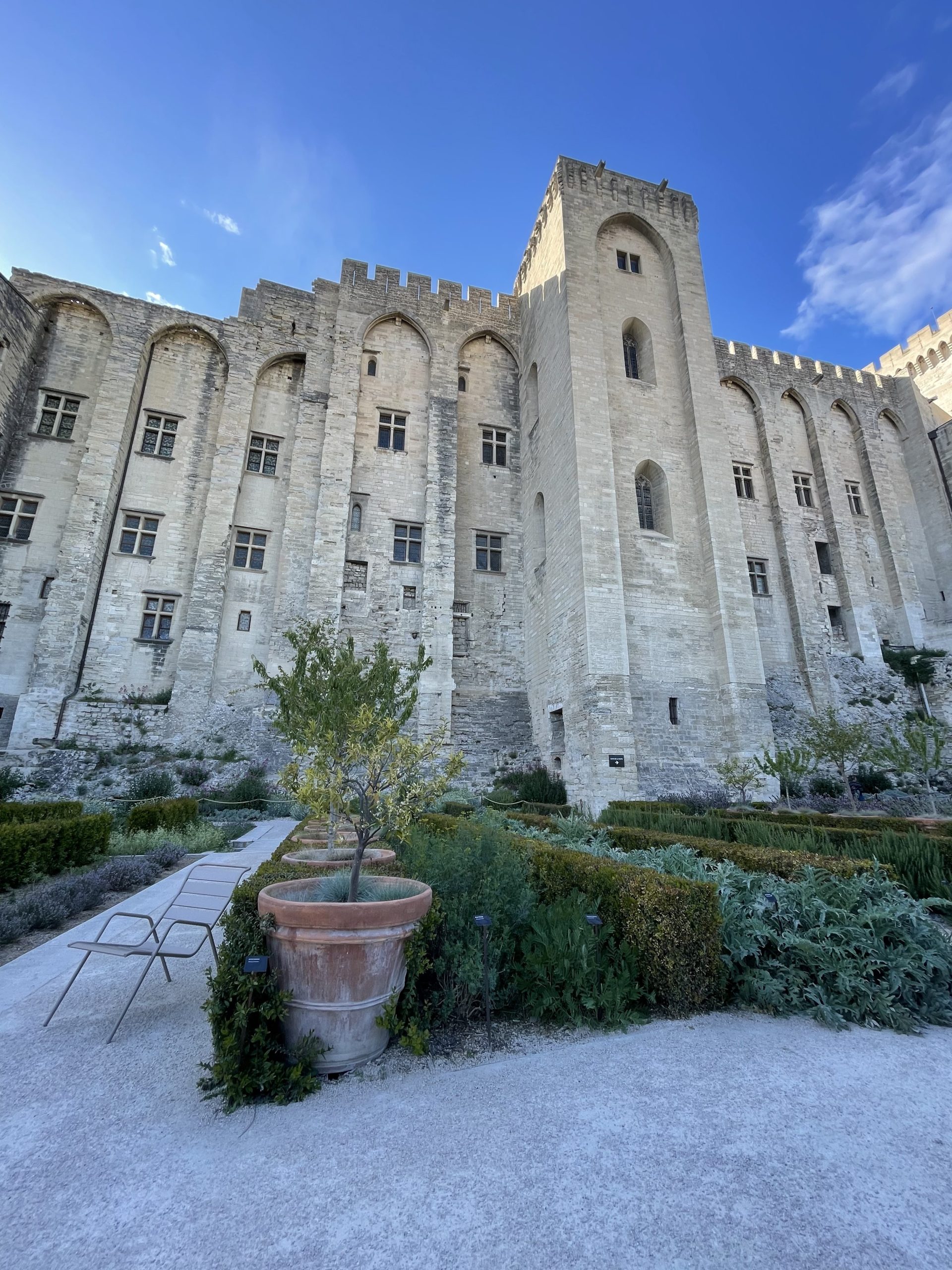
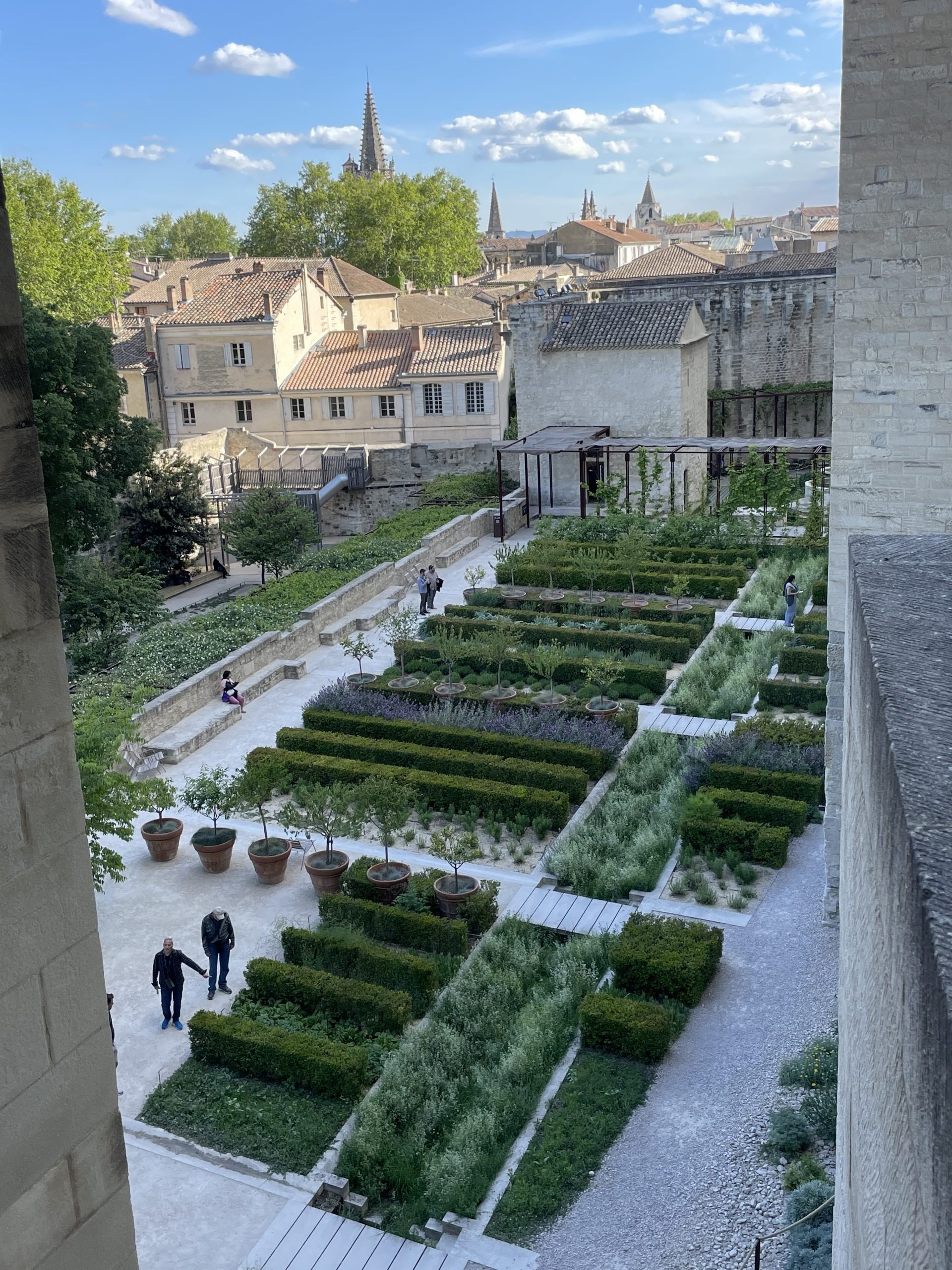
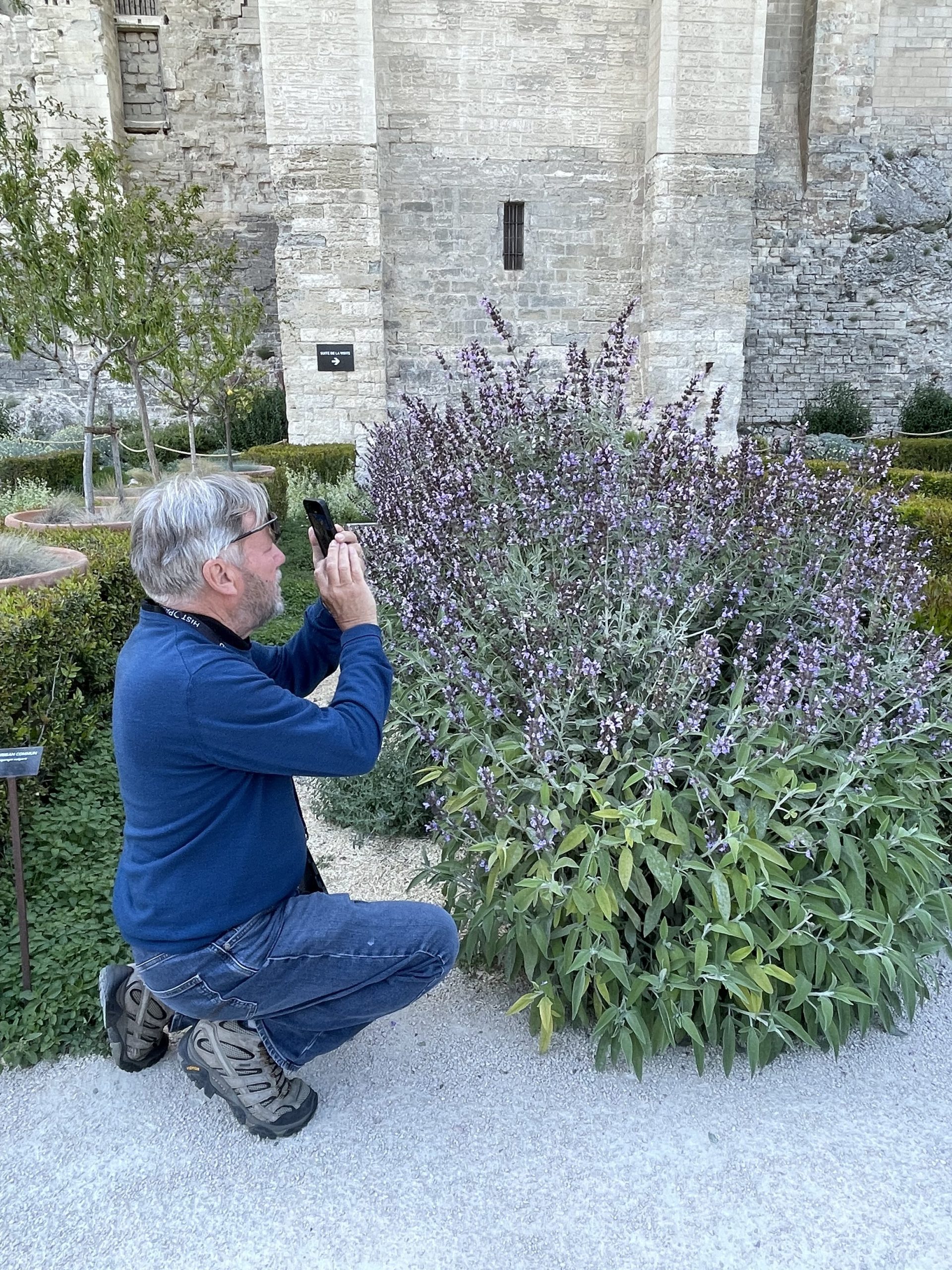
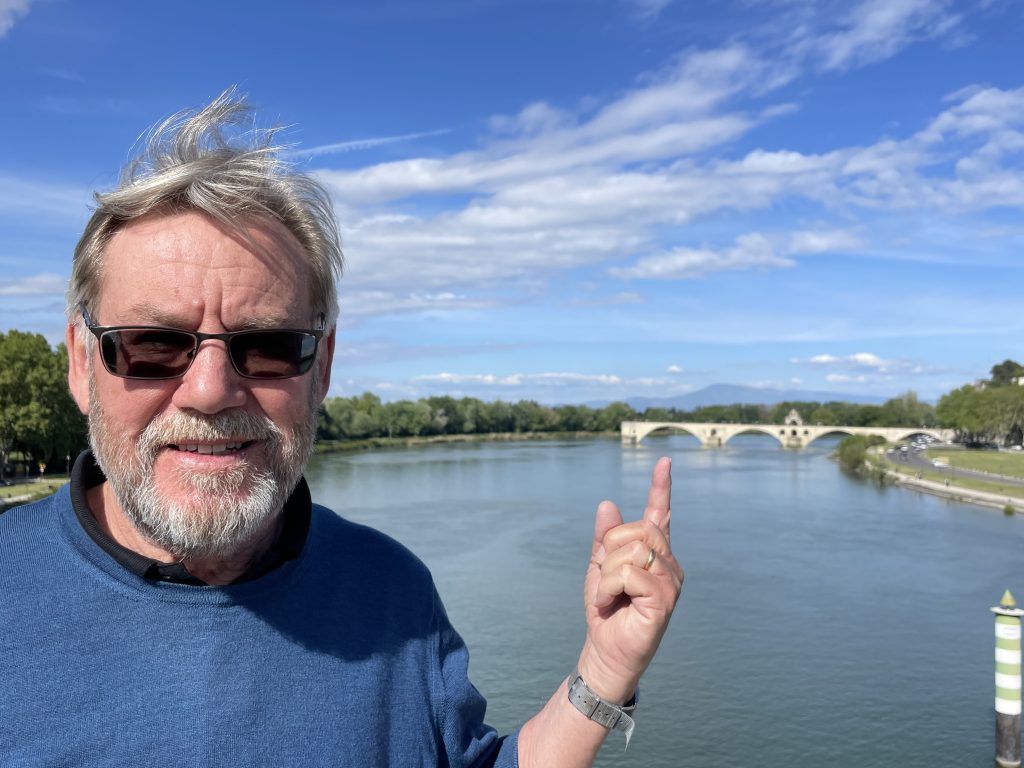
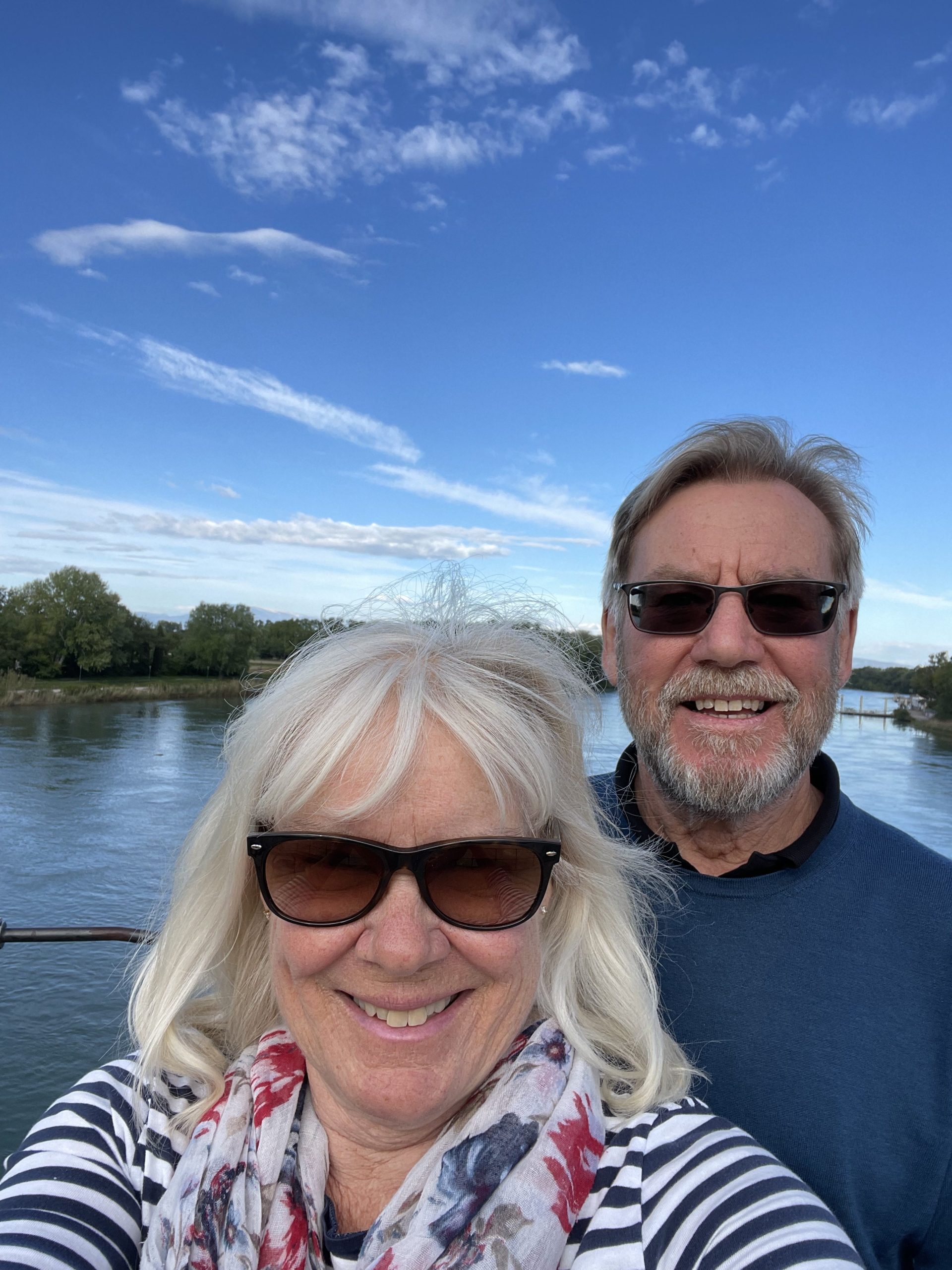
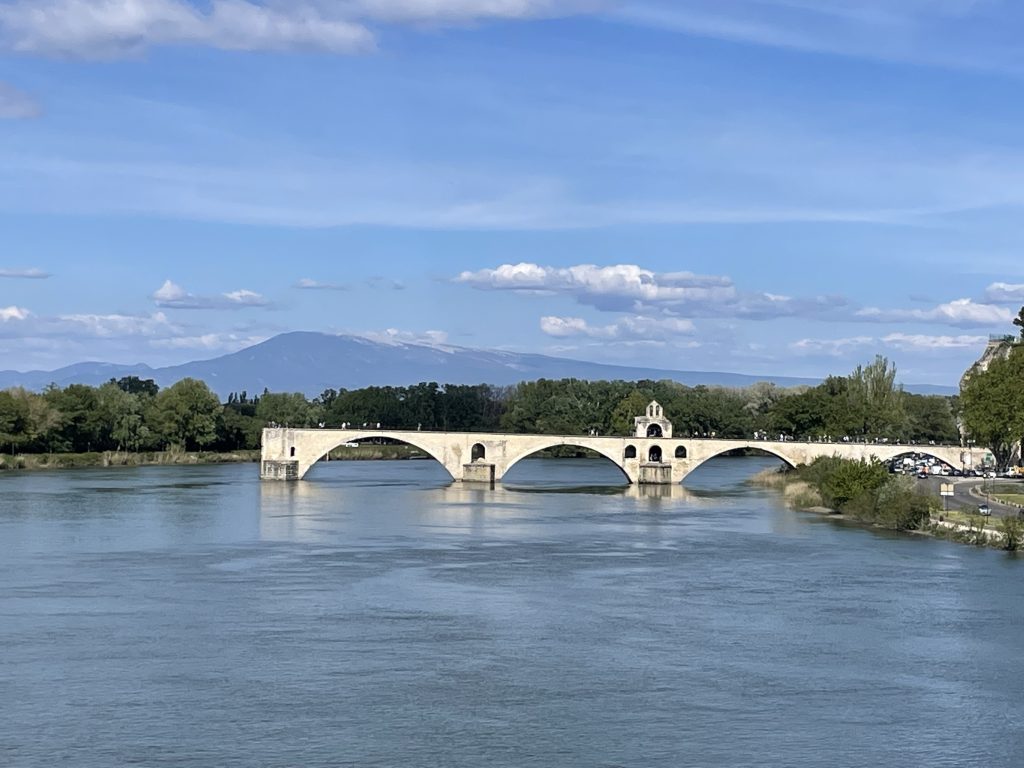
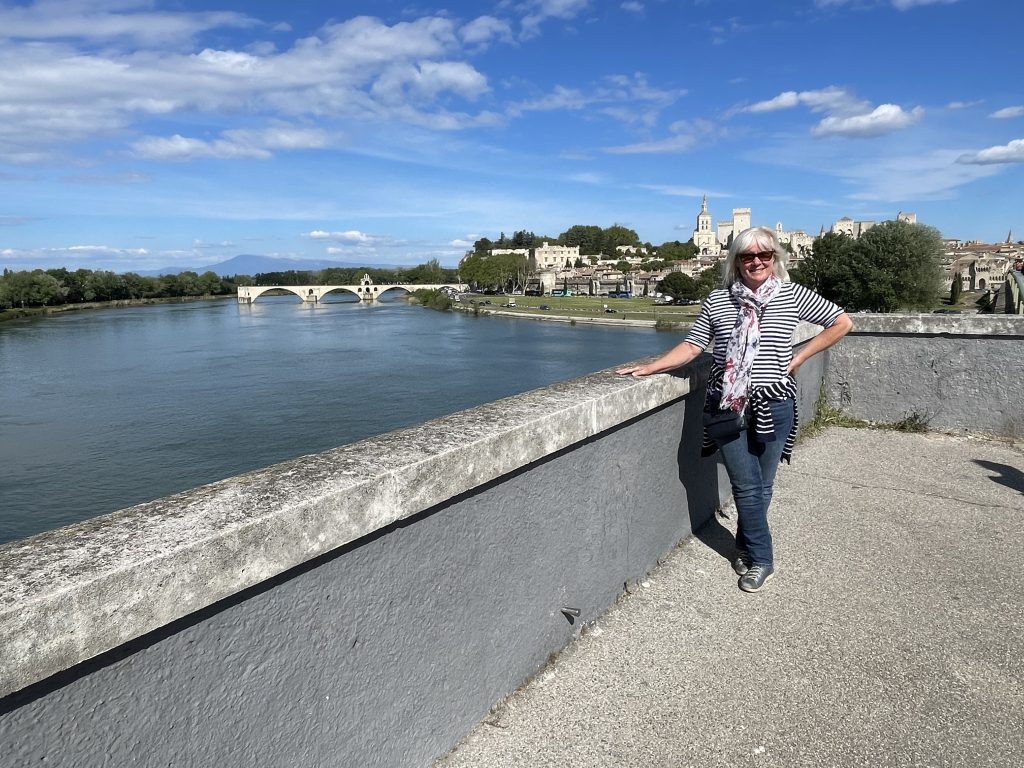
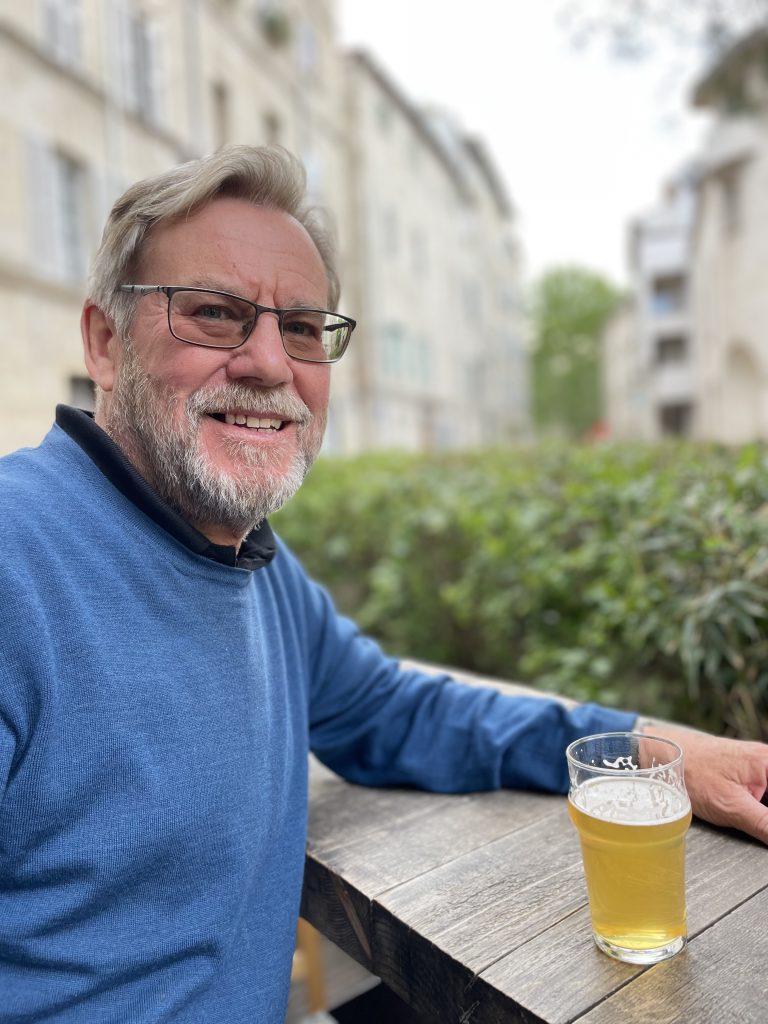
And then on to a chateau at Chateauneuf du Pape – one of the Pope’s XIV century summer palaces – for some wine tasting in one of the pebbled vineyards.
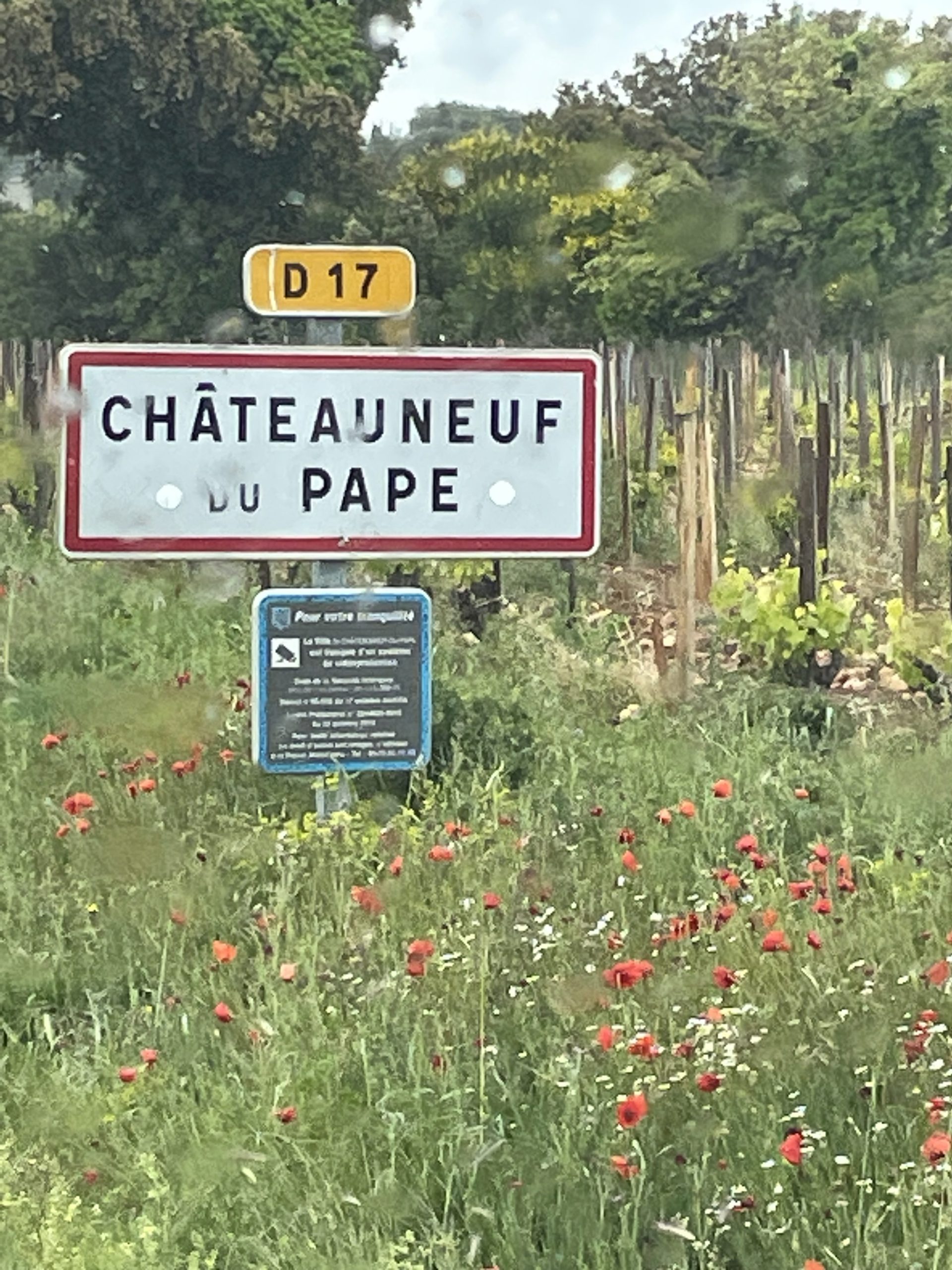
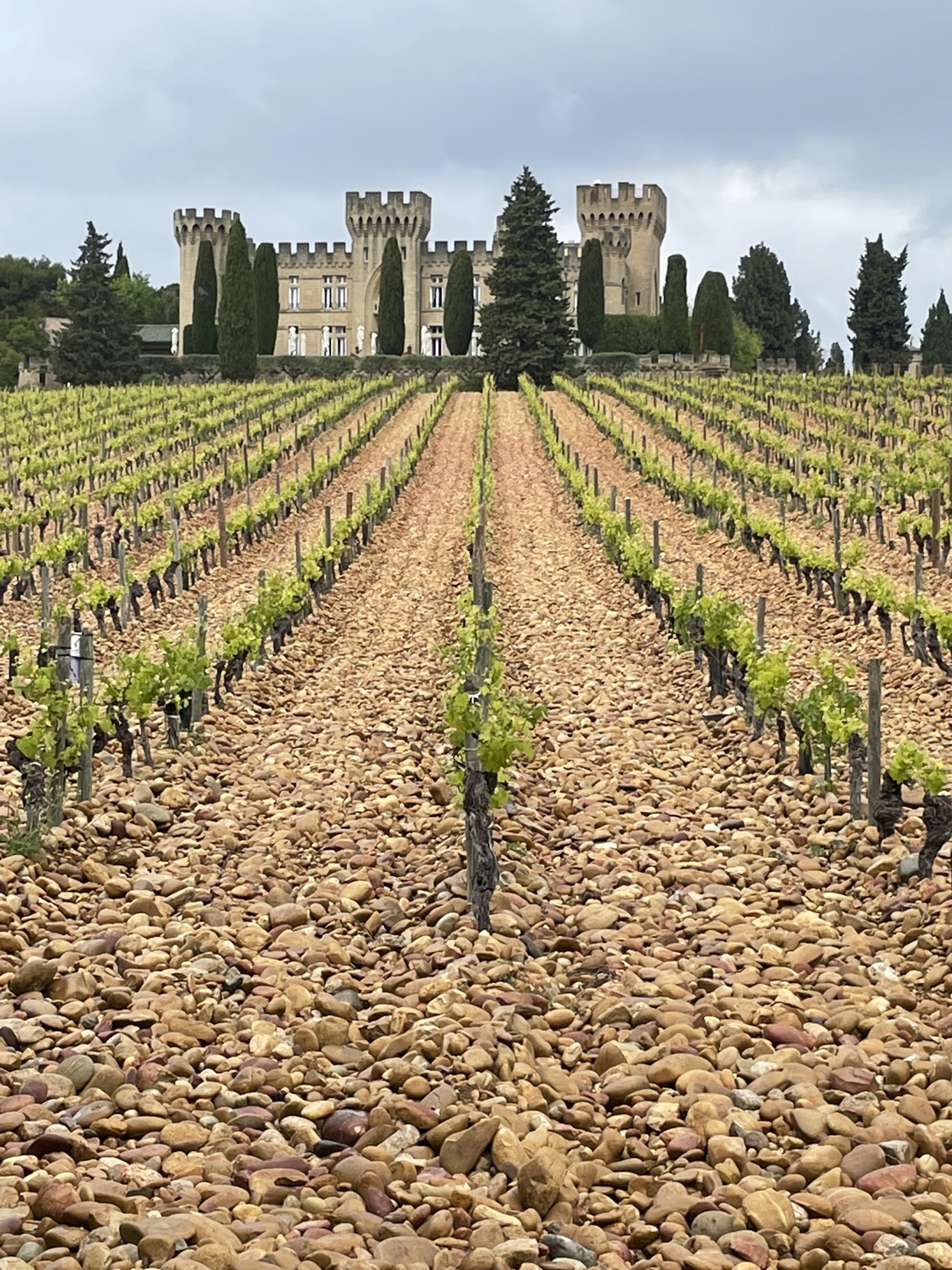
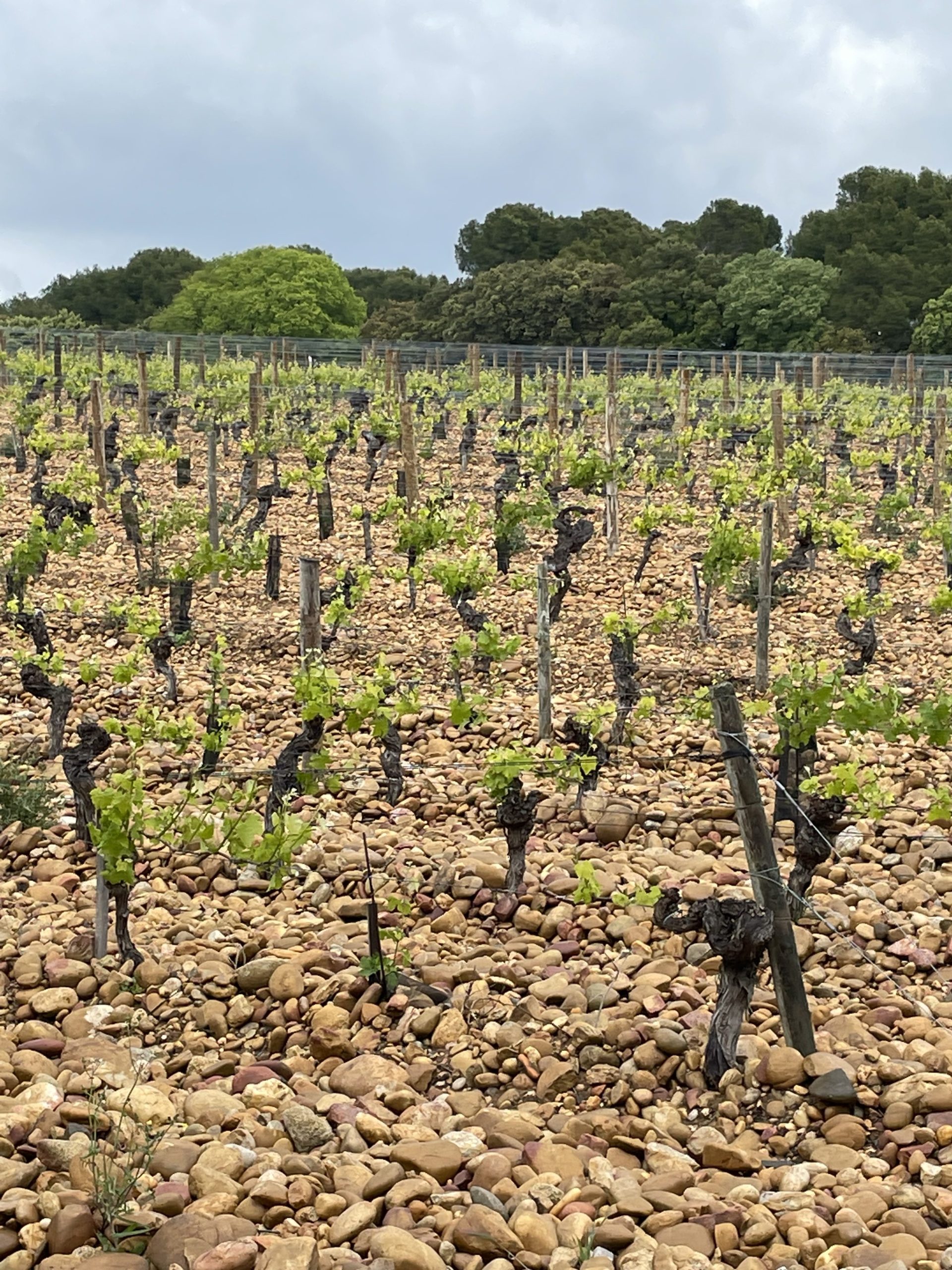
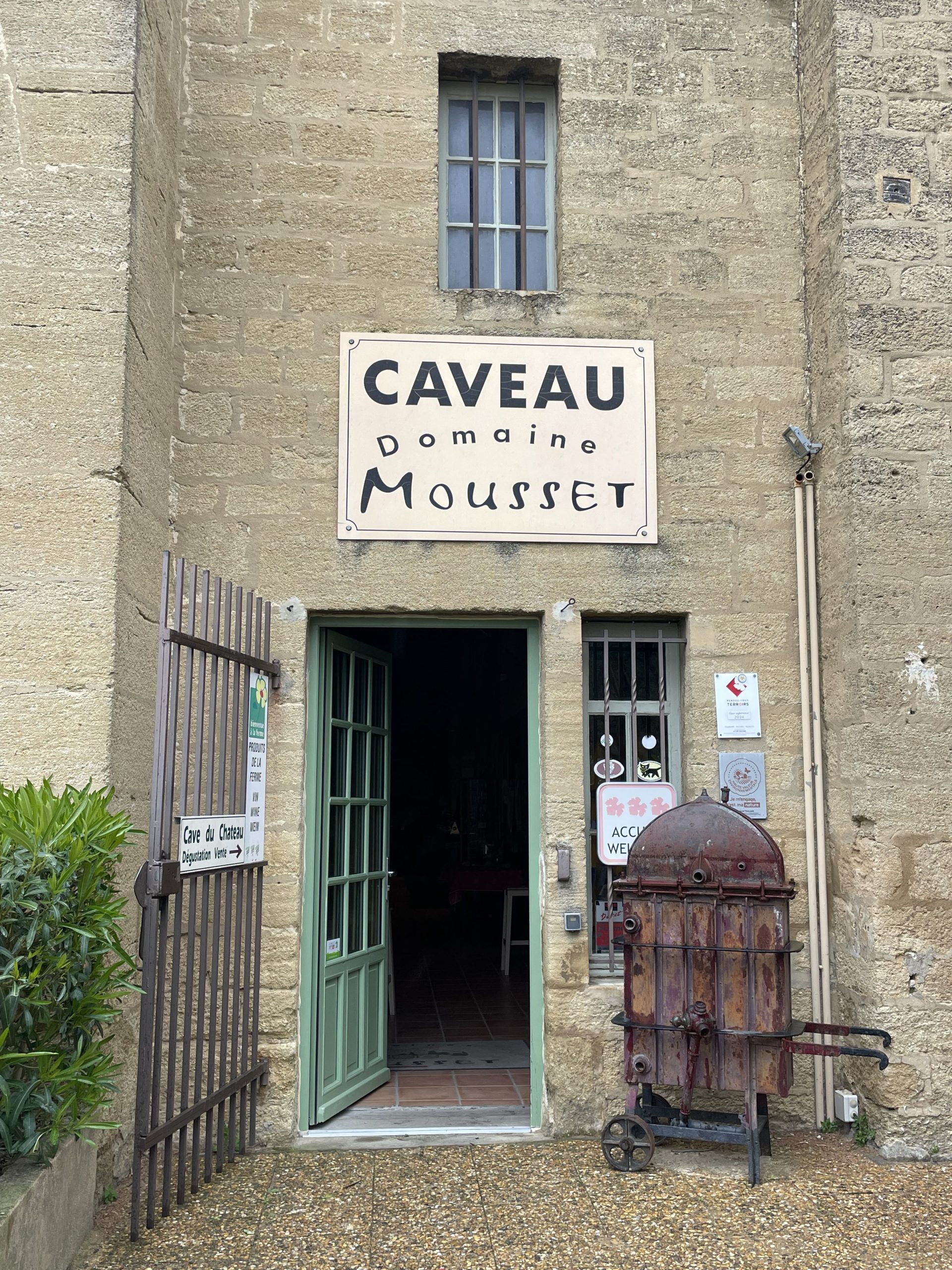
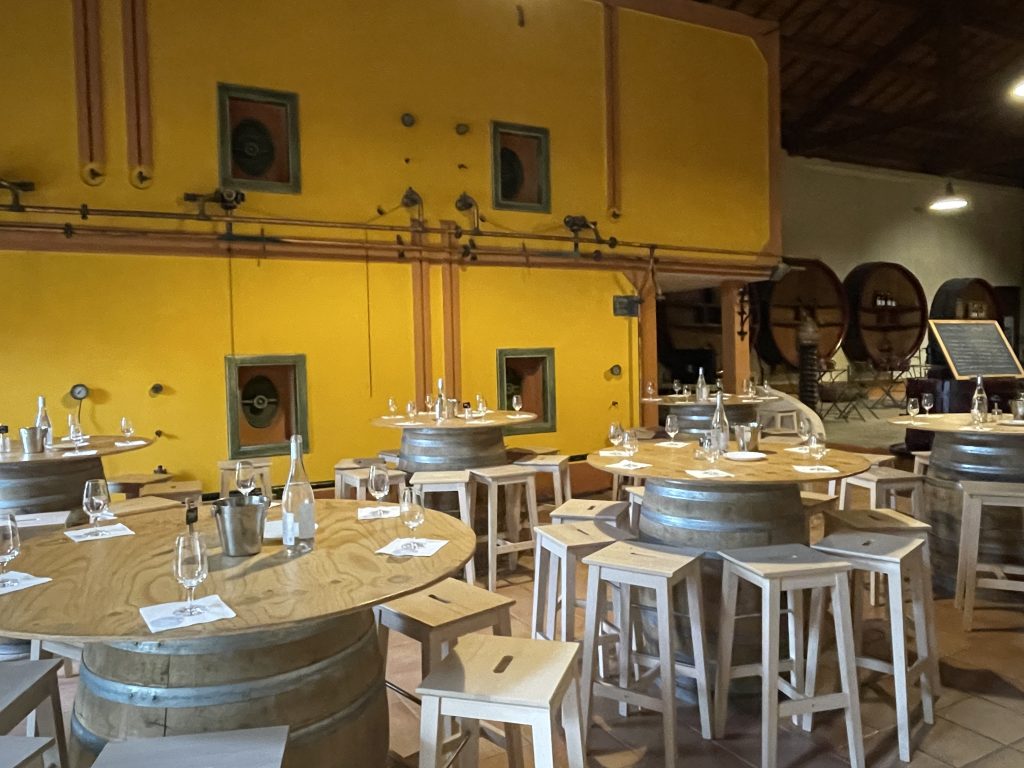
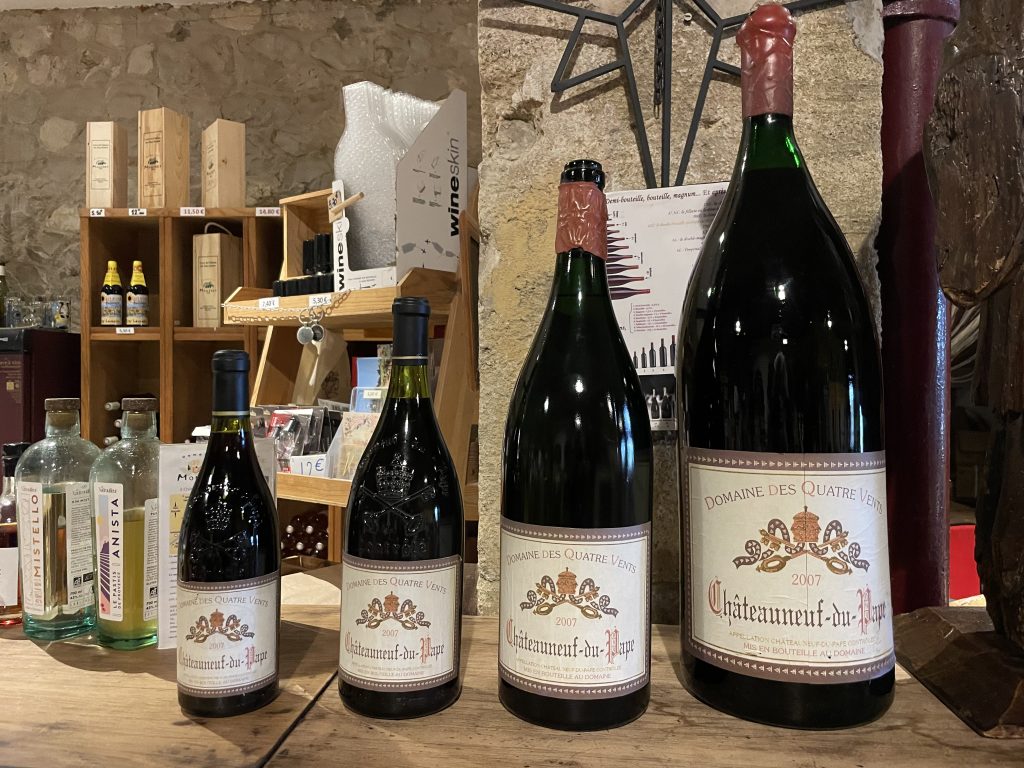
From there we headed further north, through the vineyards to the northern edge of Provence, to Orange. There we visited the Roman amphitheatre and Arc de Triomphe, both dating from the reign of Emperor Augustus.
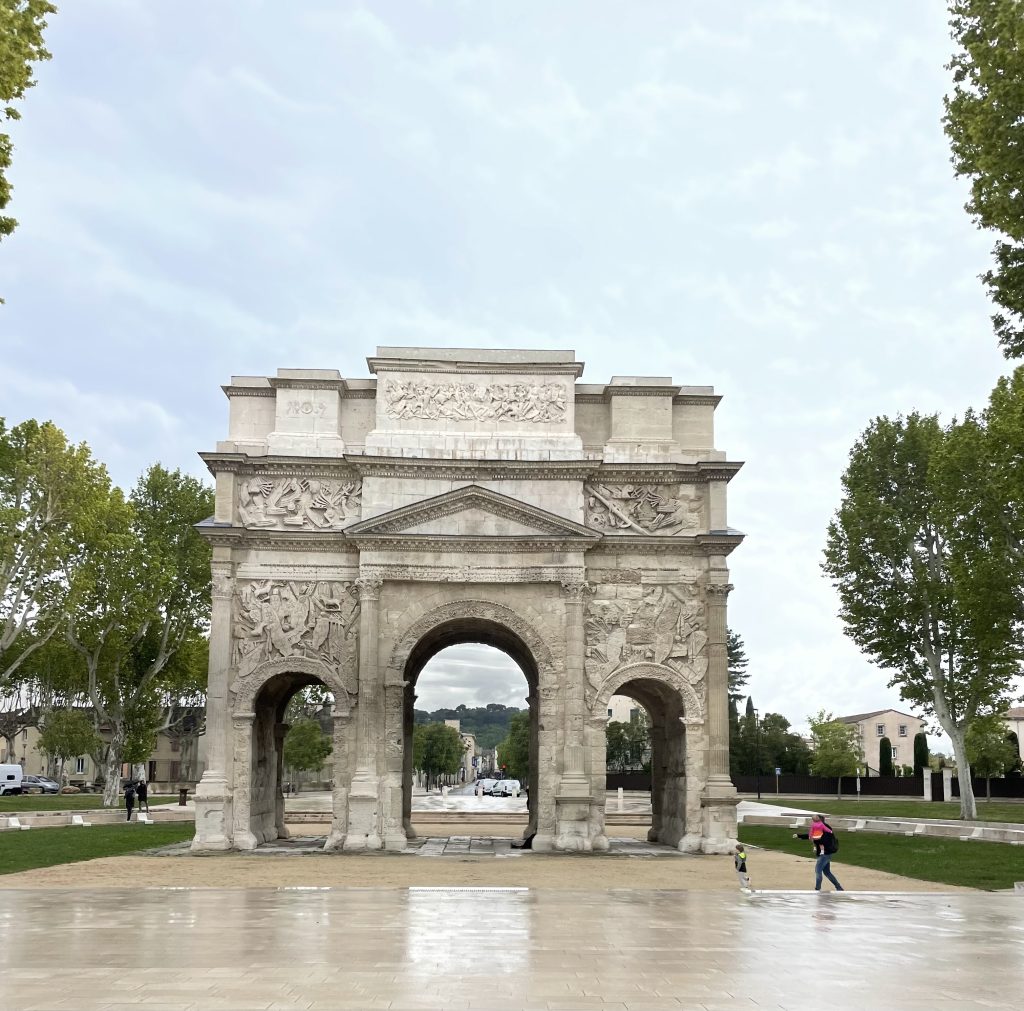
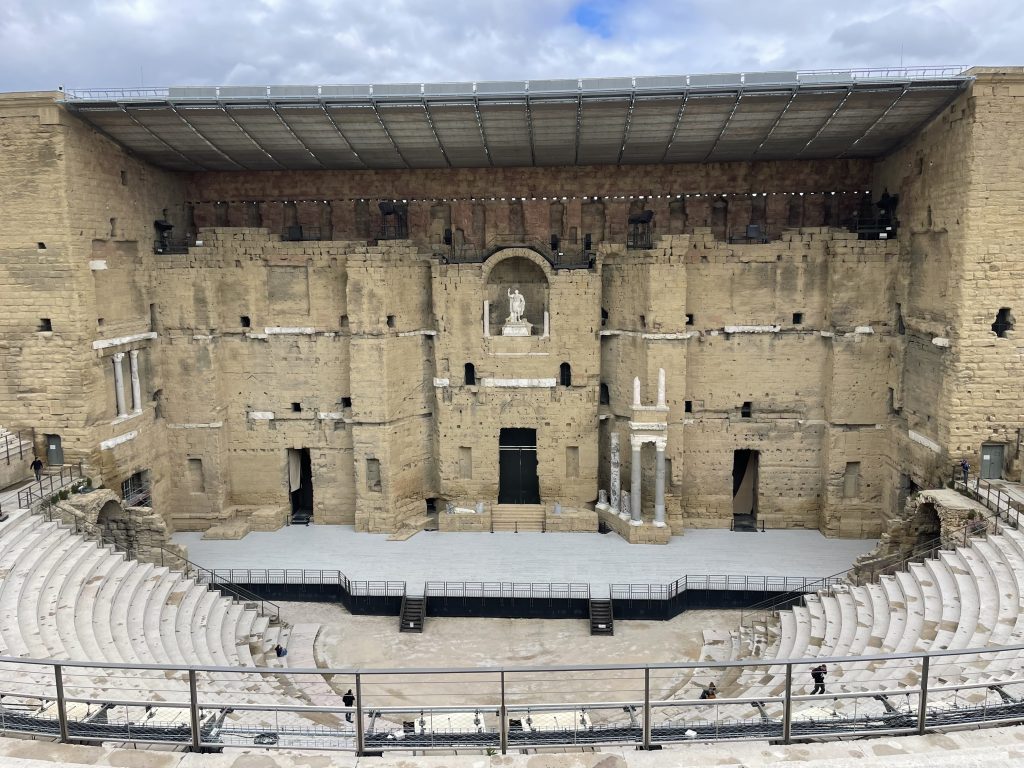
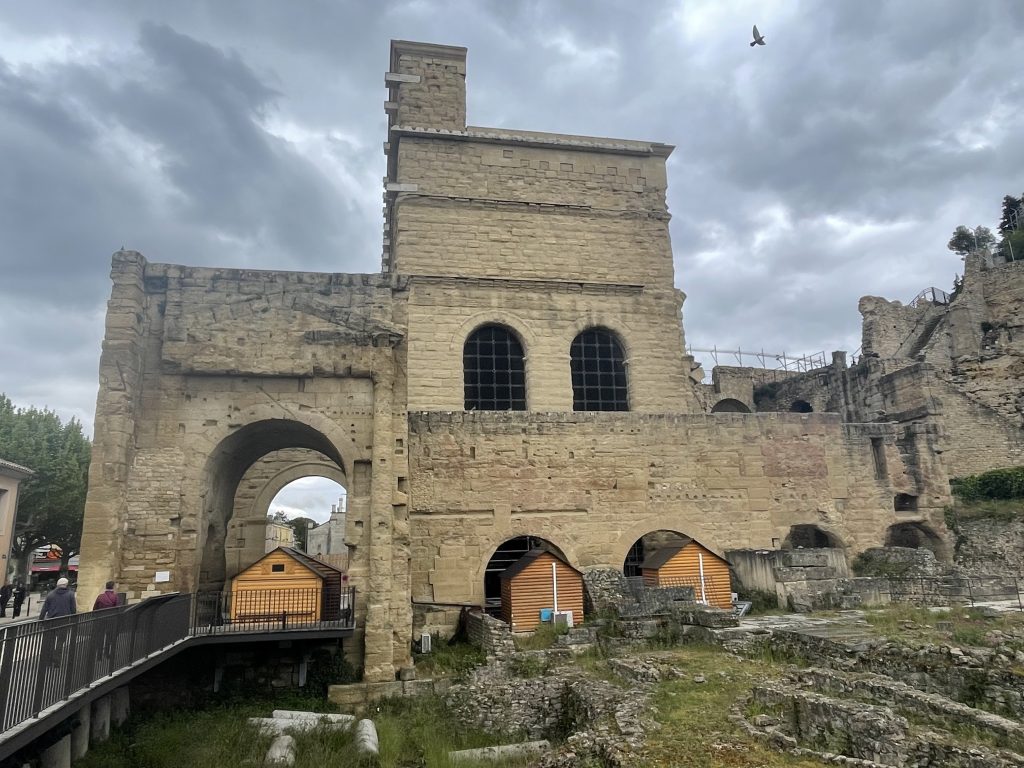
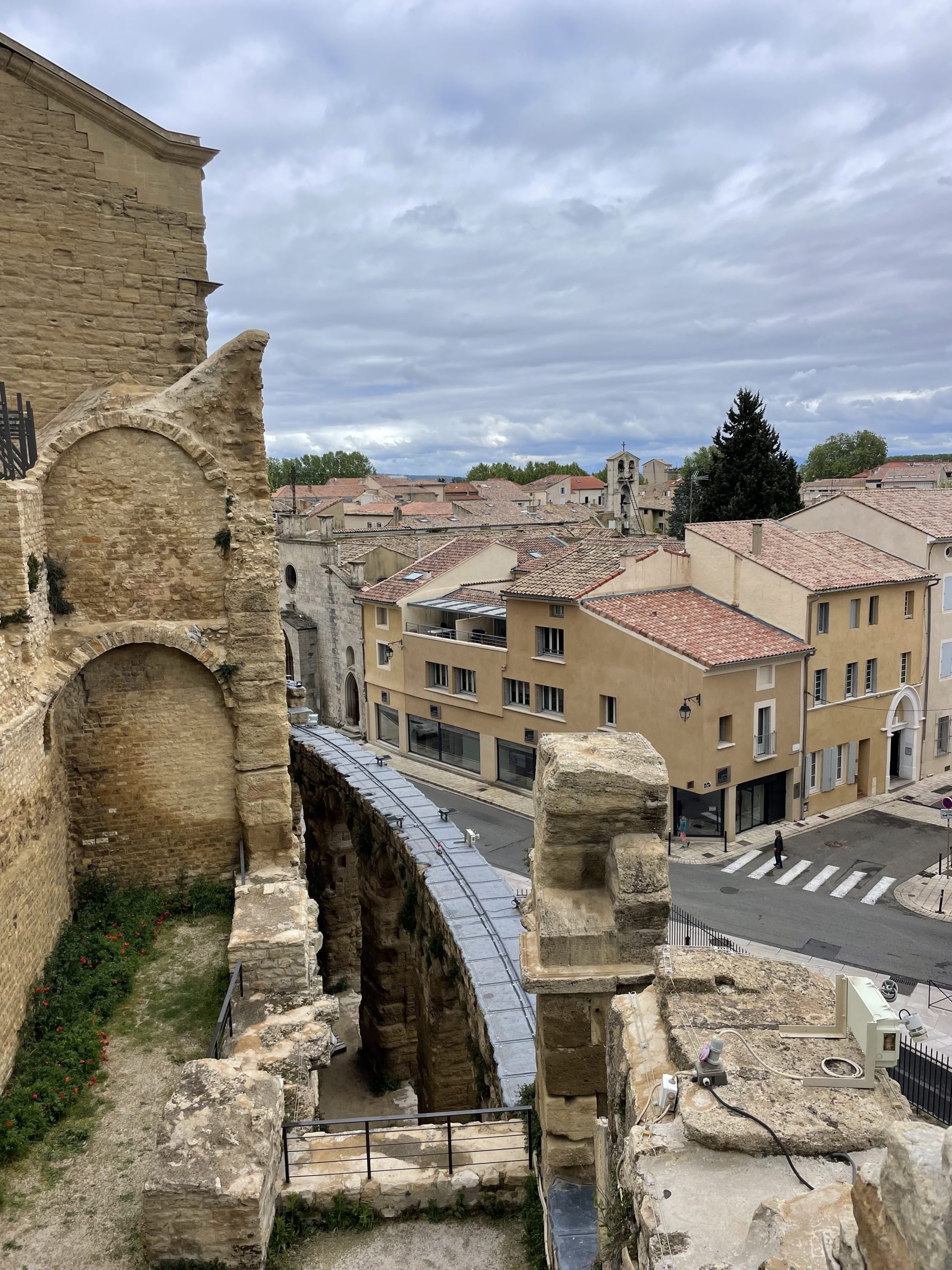
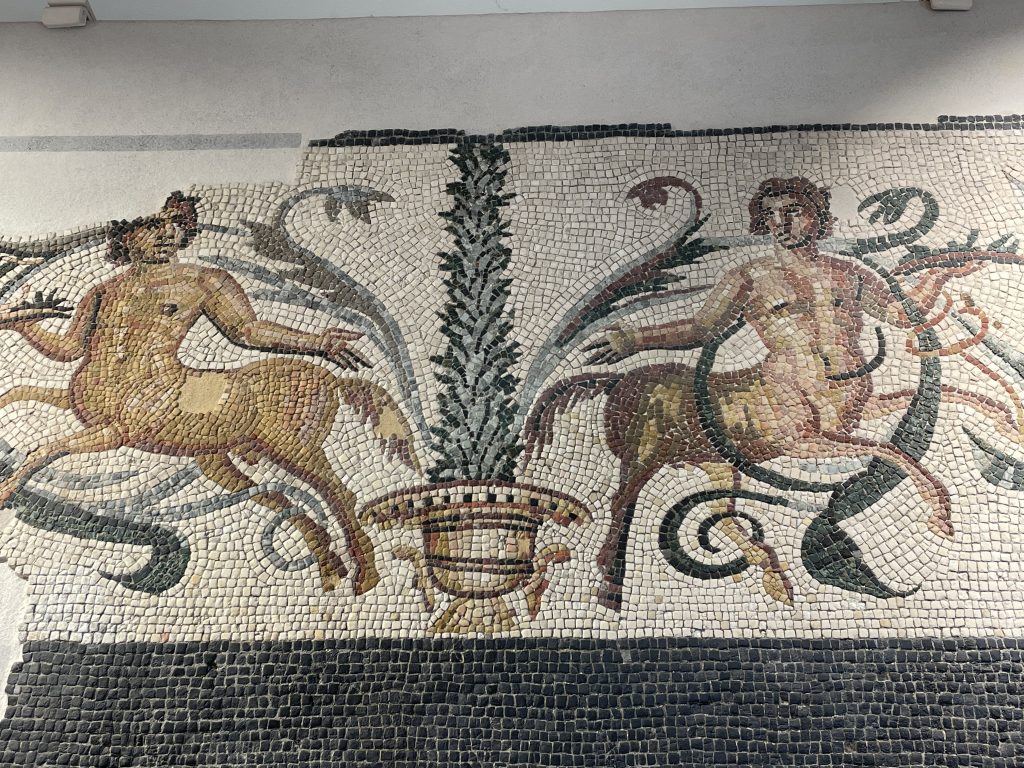
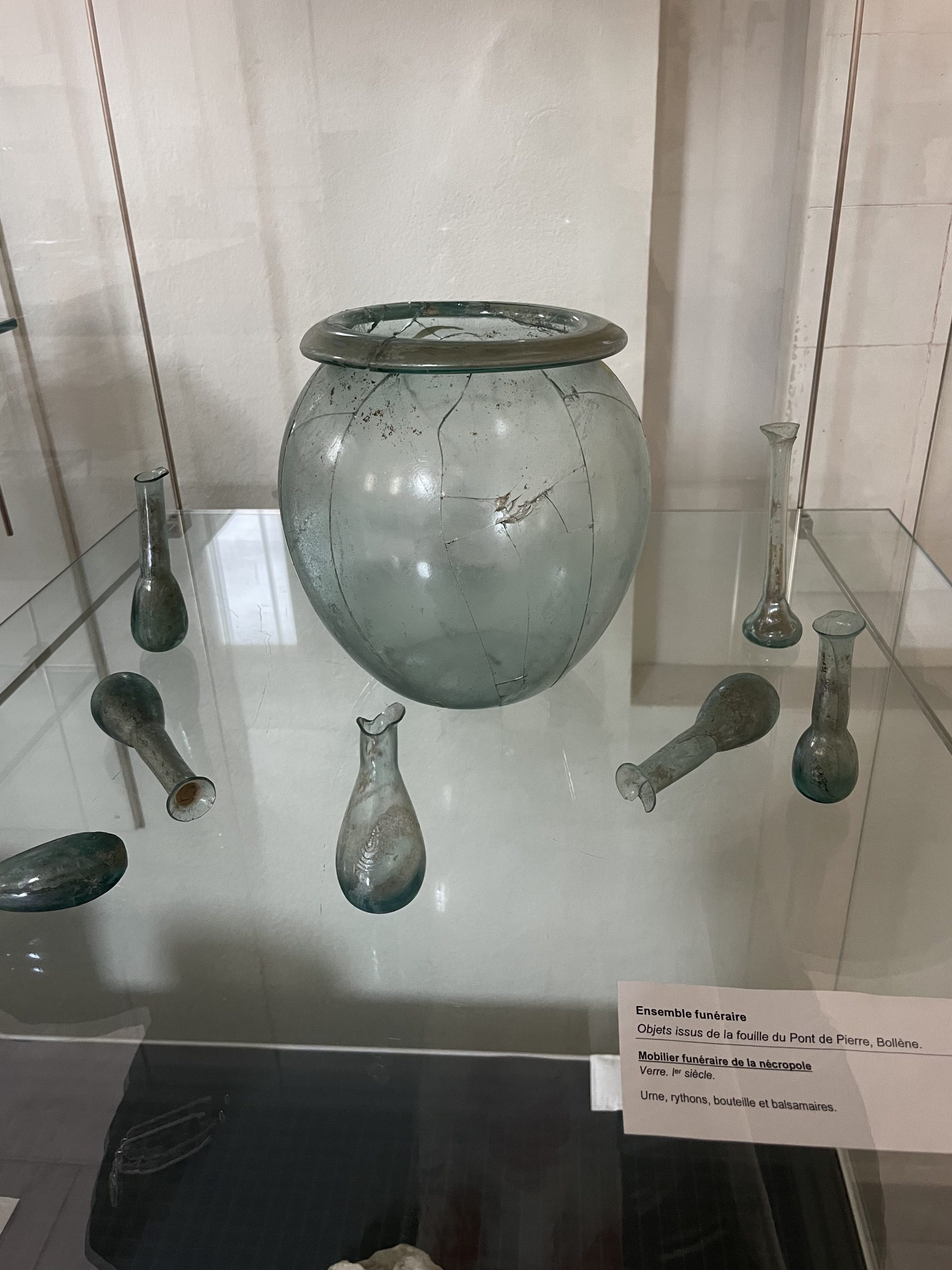
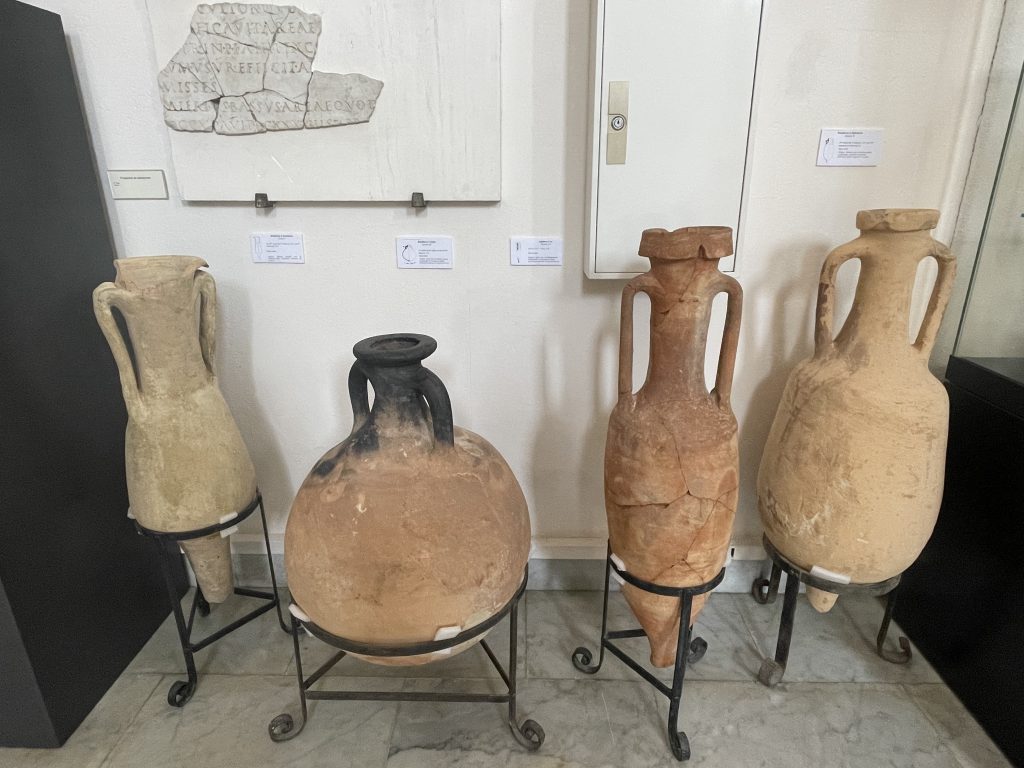
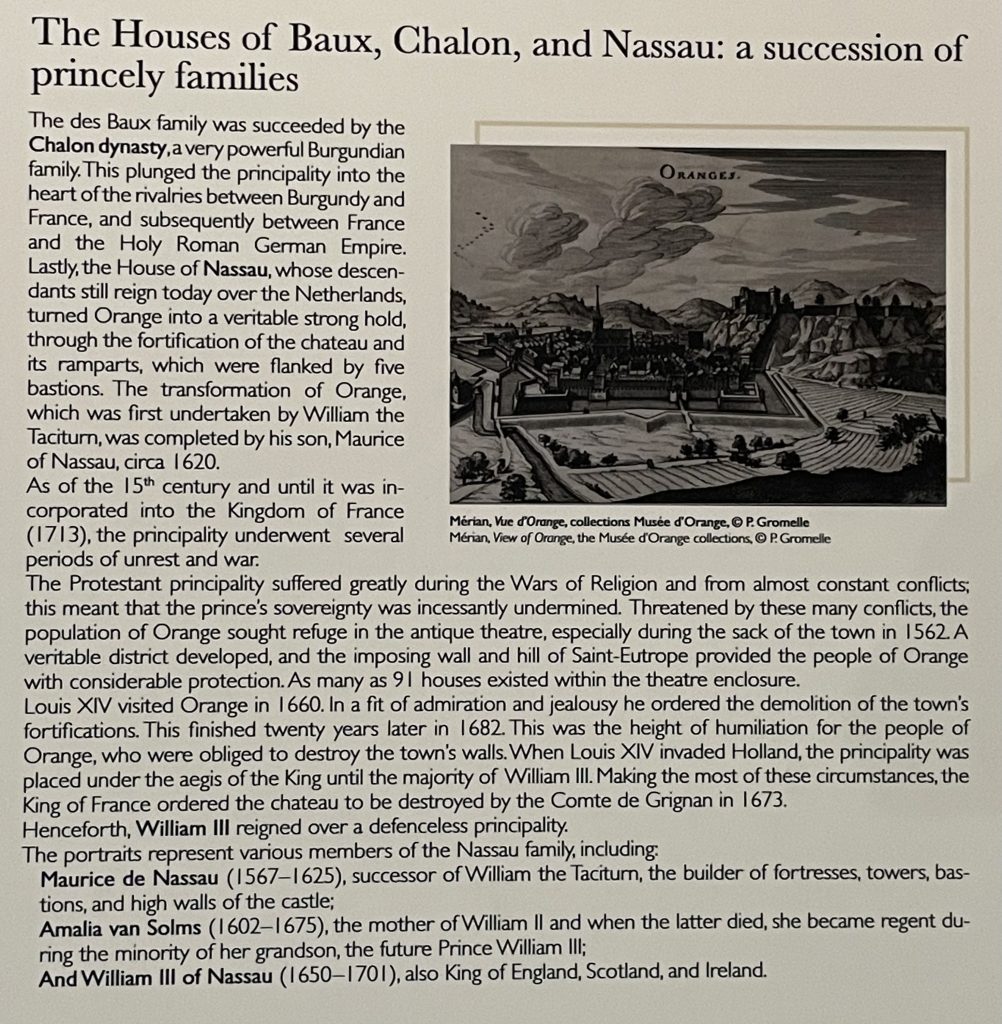

William of Orange’s great-grandfather inherited the Principality of Orange in the south of France and, along with other lands in modern-day Germany and the Netherlands, he founded the House of Orange-Nassau. That’s the royal family of the Netherlands to this day.
William of Orange was therefore known as the Prince of Orange, though the Principality itself was lost to France in his lifetime. William married Princess Mary, daughter of Henry VIII, and they became Monarchs of England – William III and Queen Mary.
BURGUNDY
Located between Lyon and Dijon, Beaune is the centre of Burgundy wine production. After visiting the C15th Hospital and the Wine Museum we felt obliged to do some tastings. Unfortunately we both liked the €100 a bottle Chardonnay but managed to bow out politely with a bottle for €30. Before we left, the Patron showed us bottles of Montrachet for €1,000 and two bottles from 1945 Victory vintage of Mouton Rothschild priced at €19,000. He said a Russian had recently bought one of these, and drunk it!
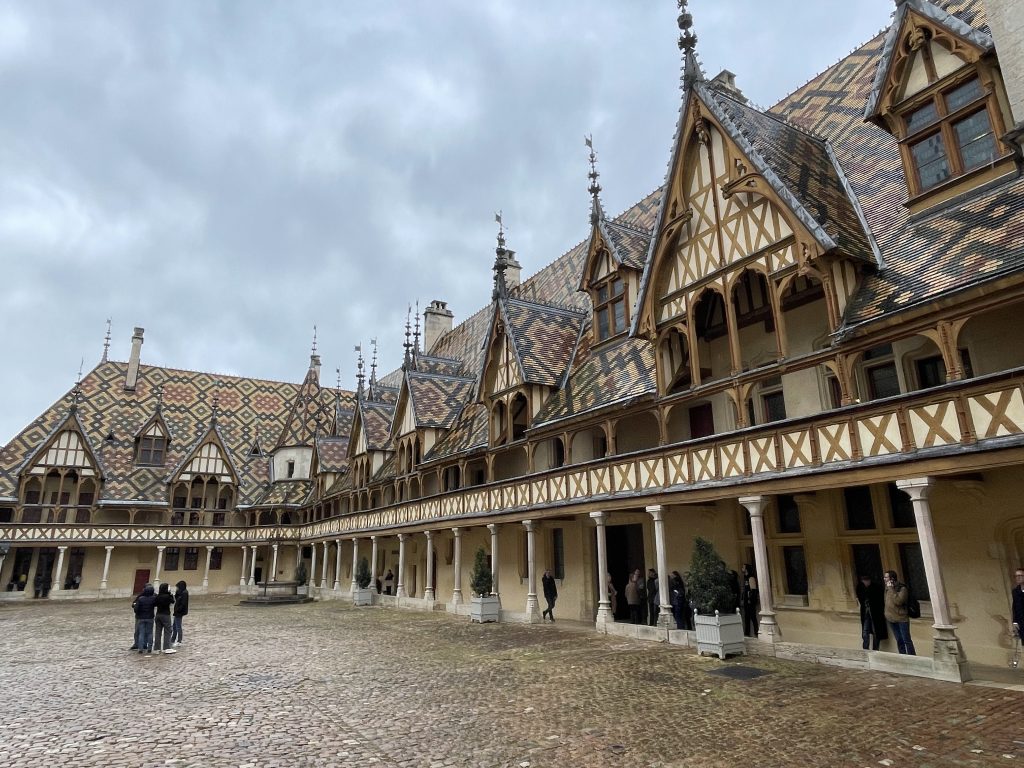

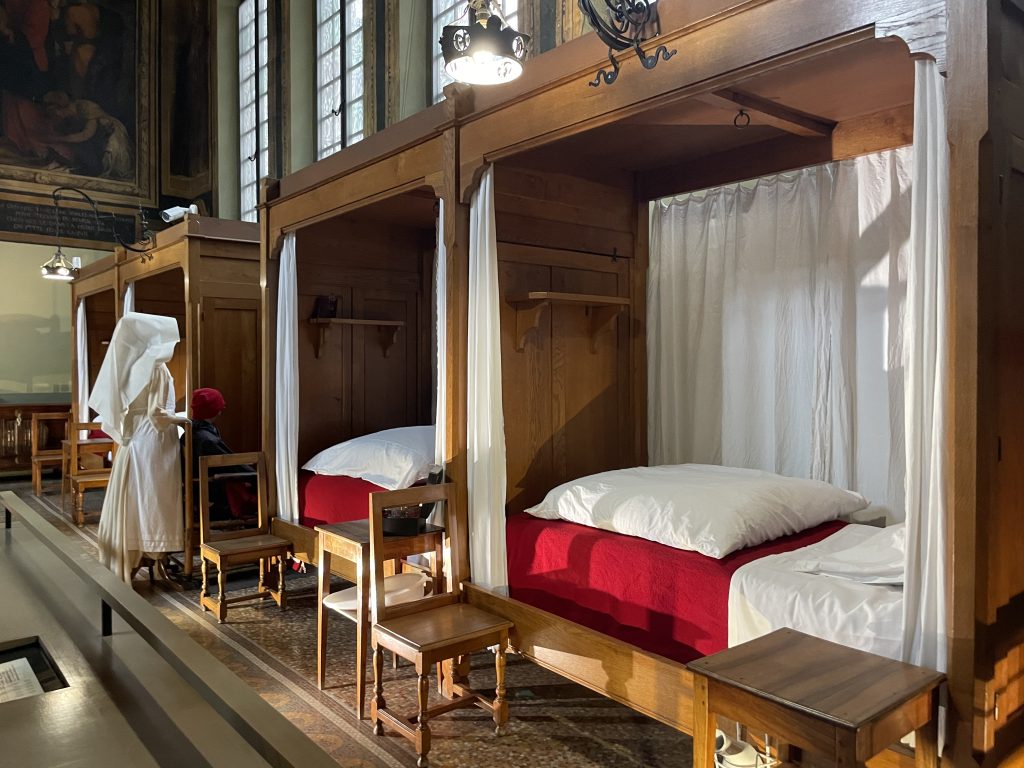
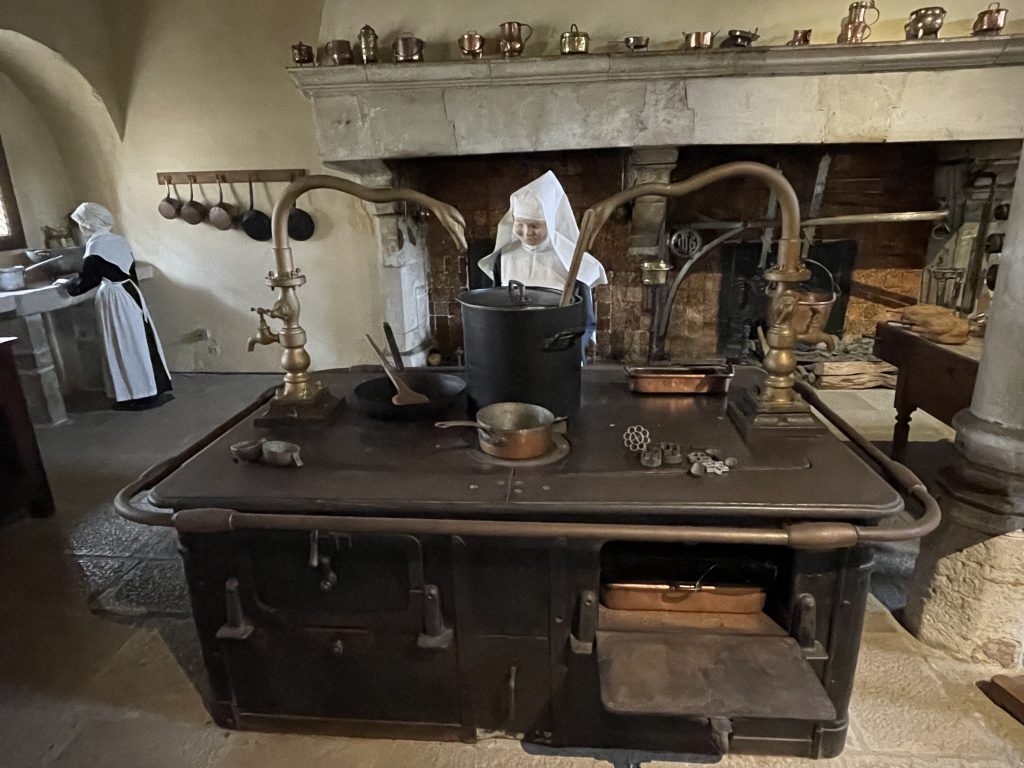
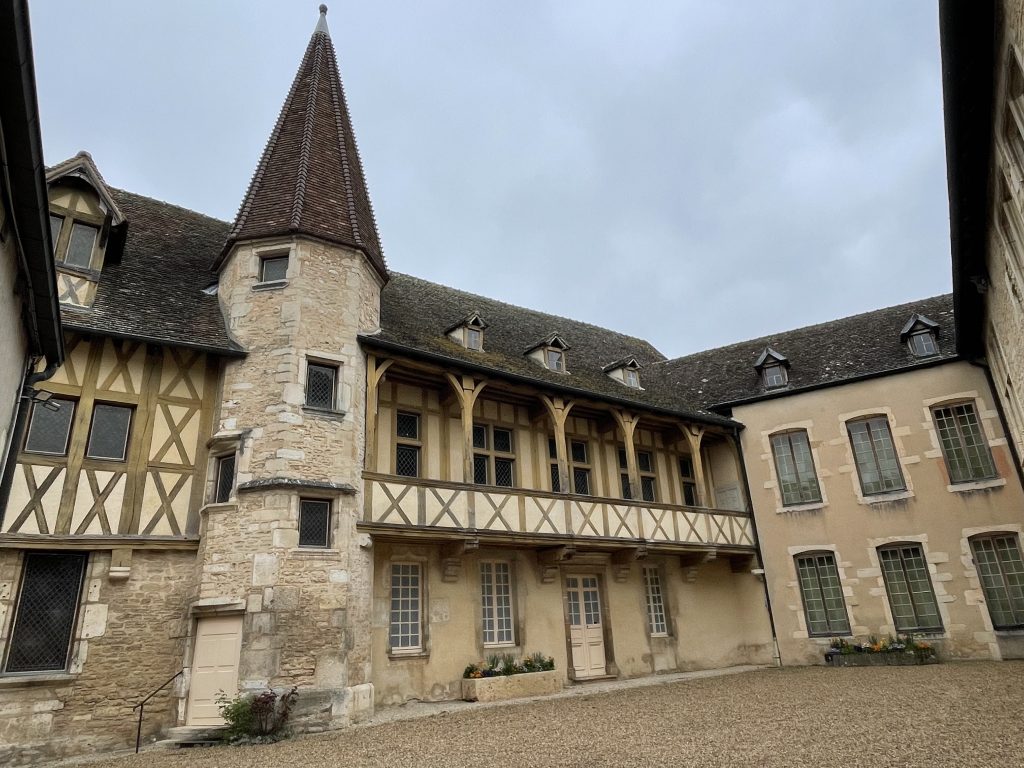
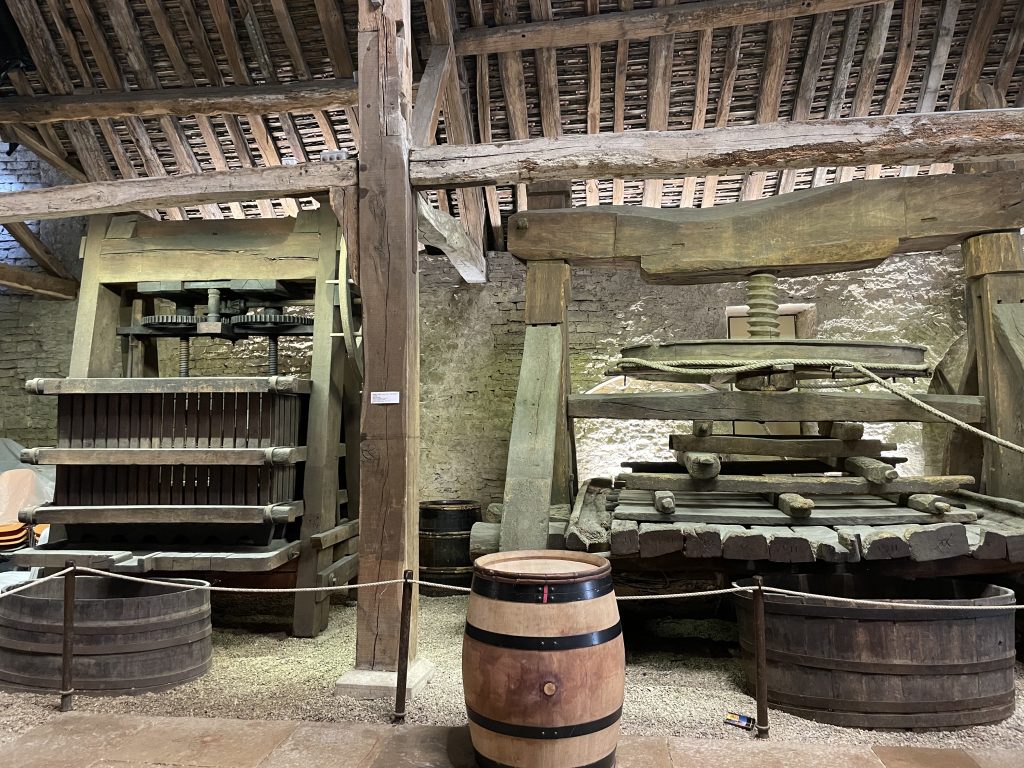
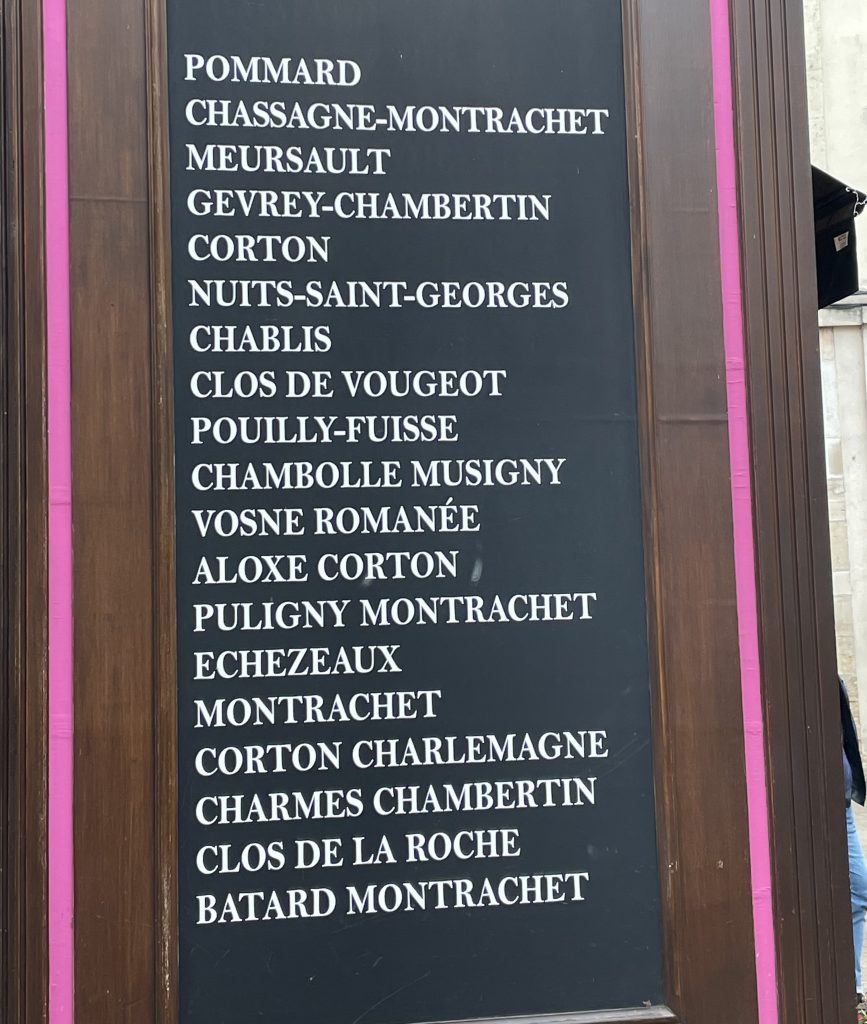
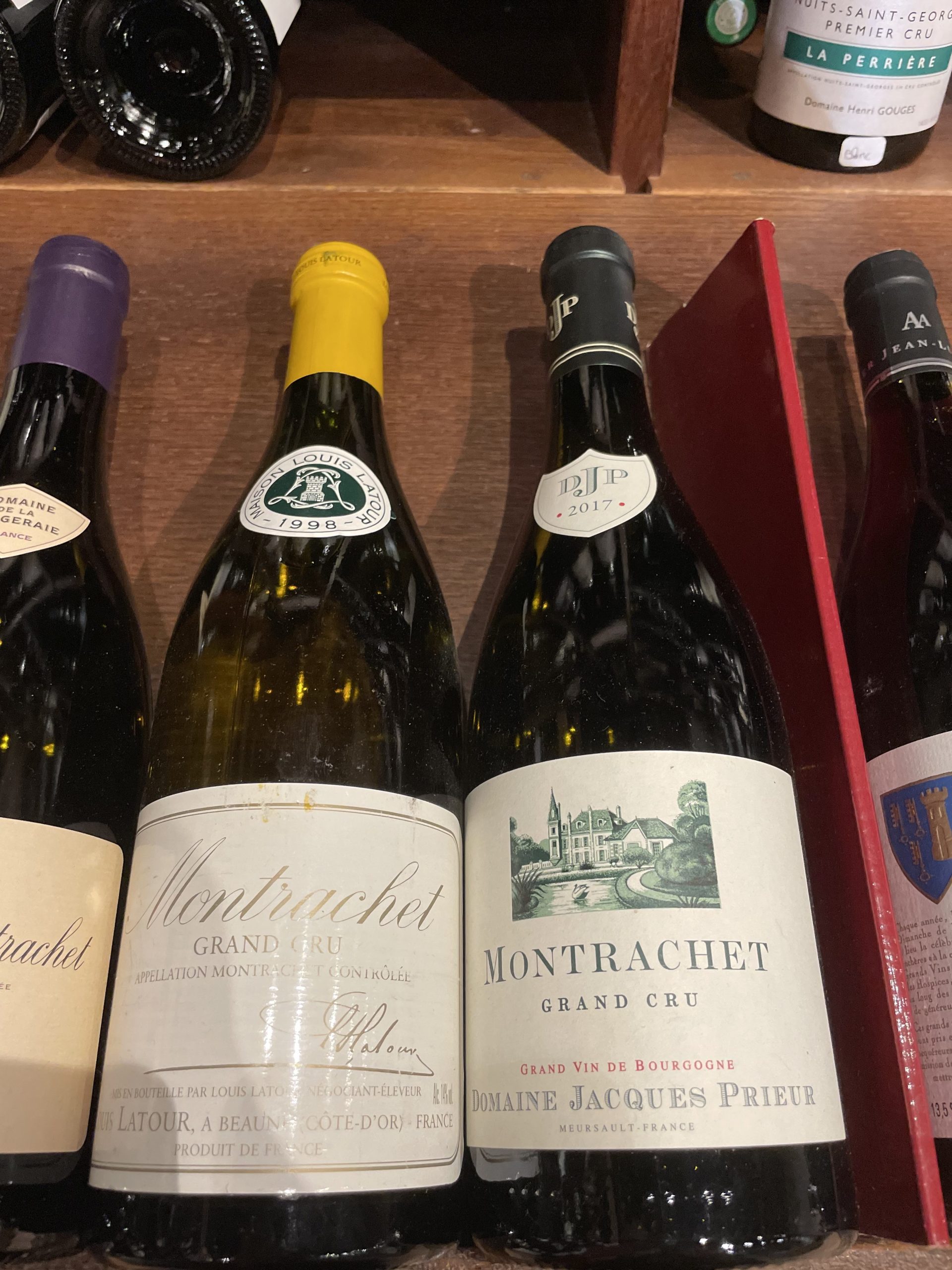
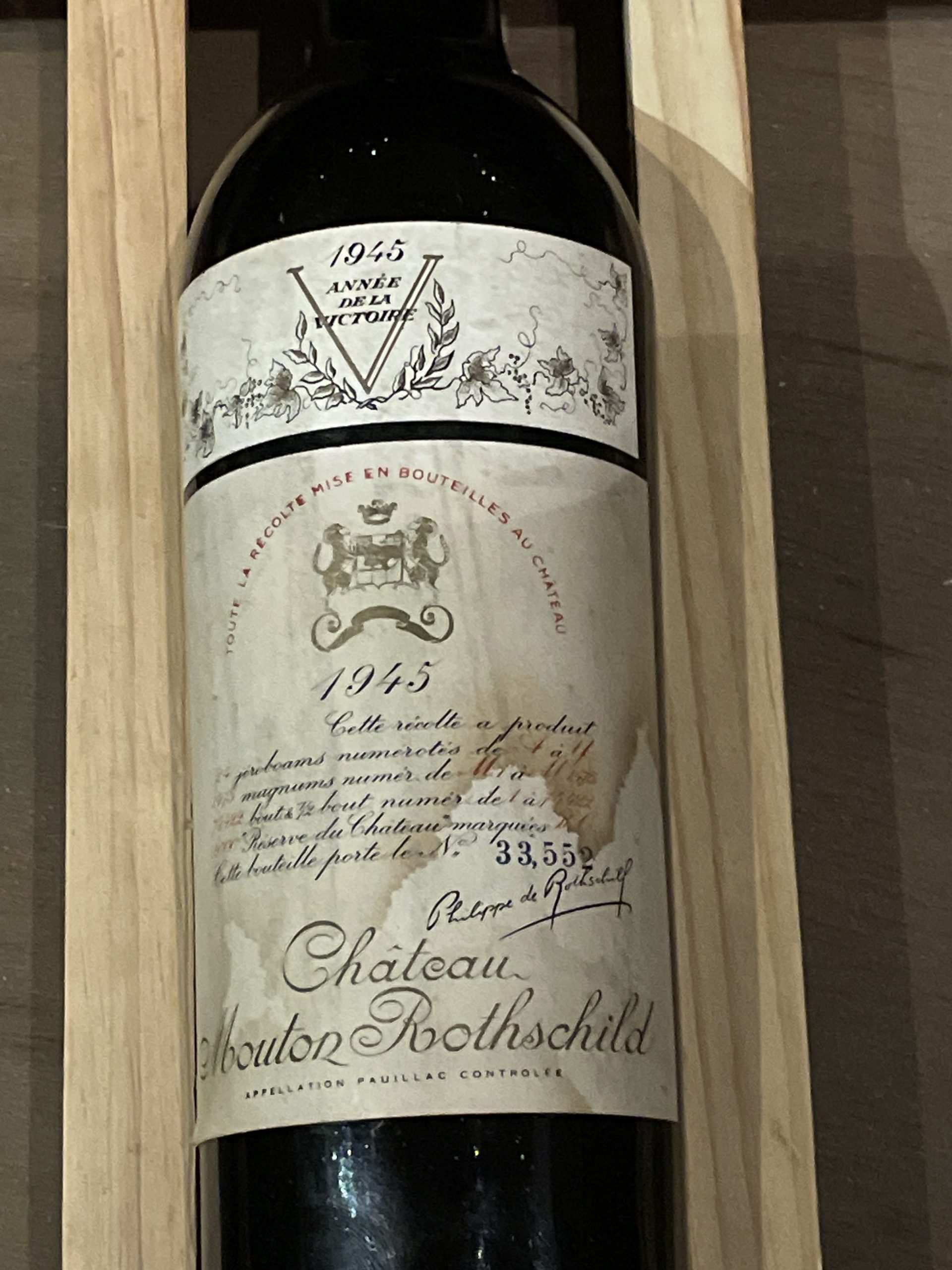
These were two that we did buy
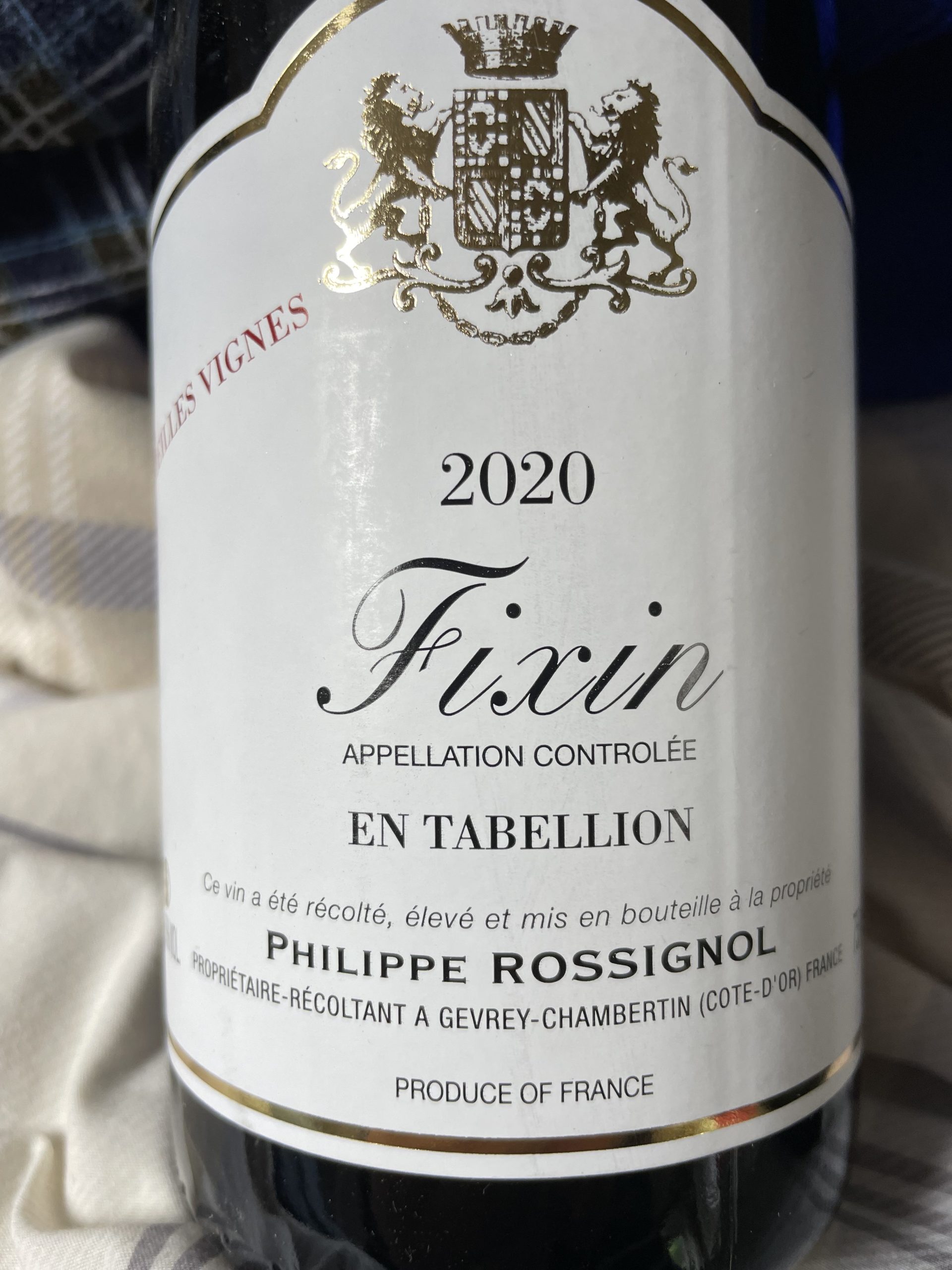
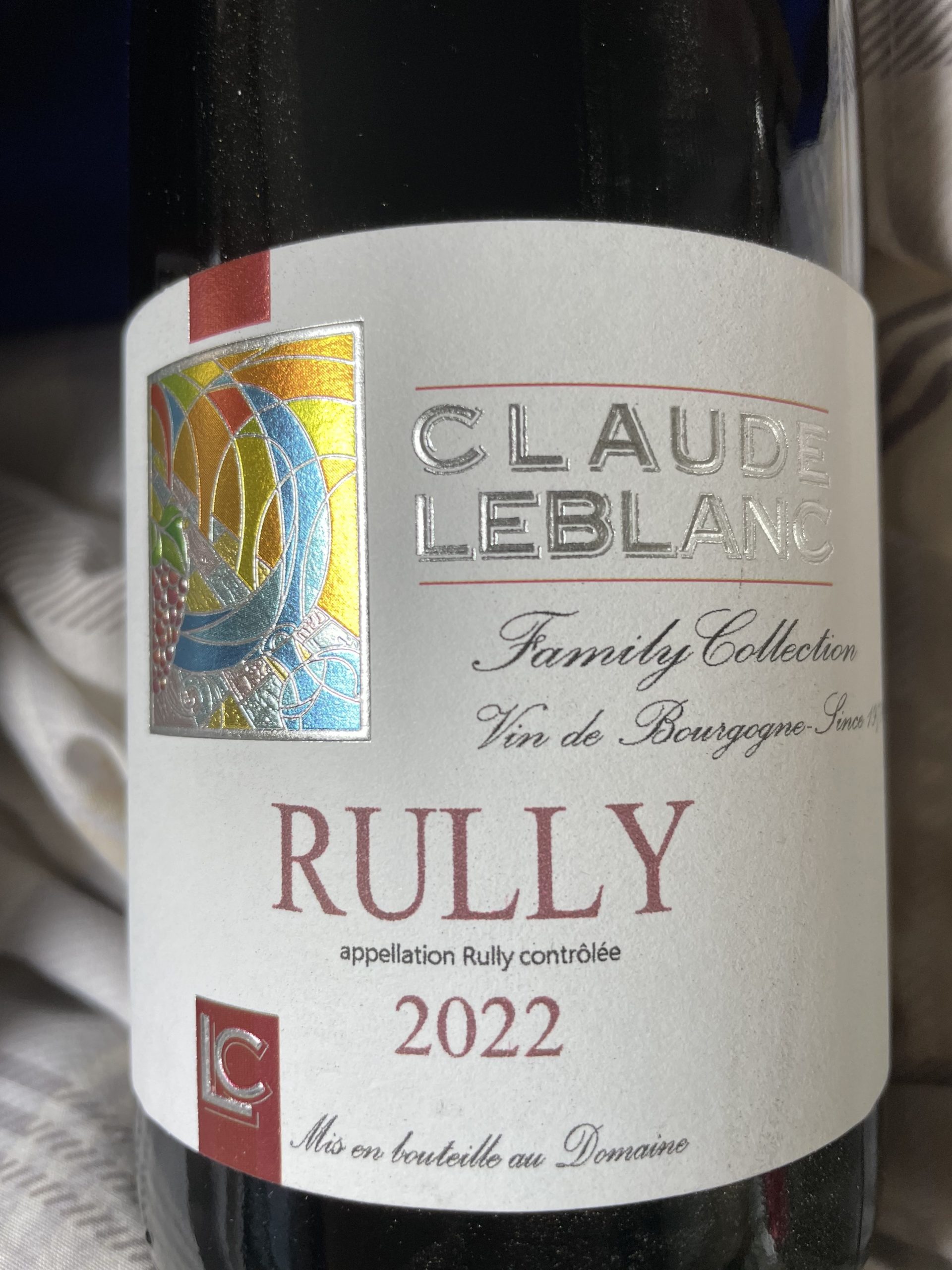
AND ON TO CHABLIS
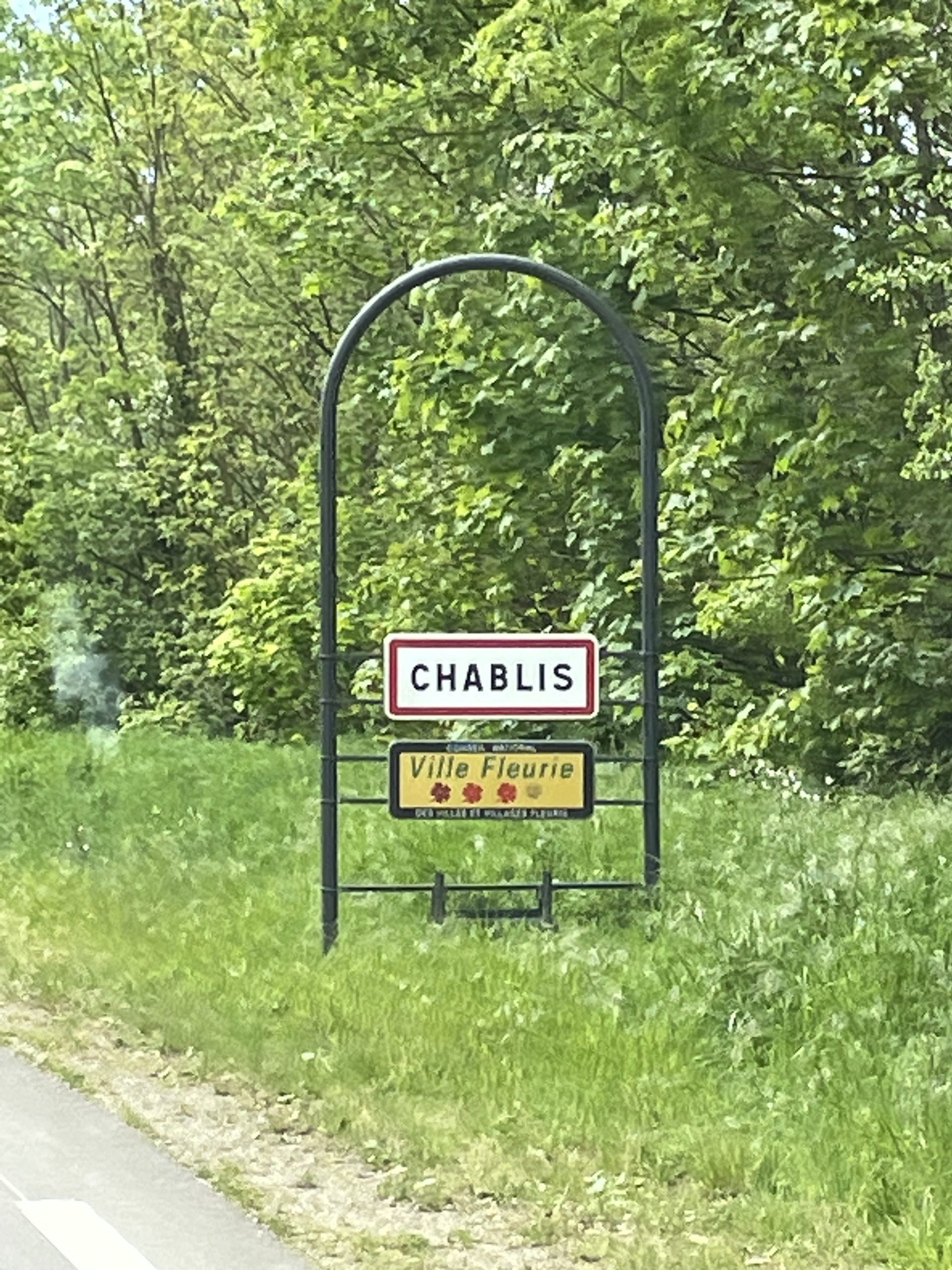
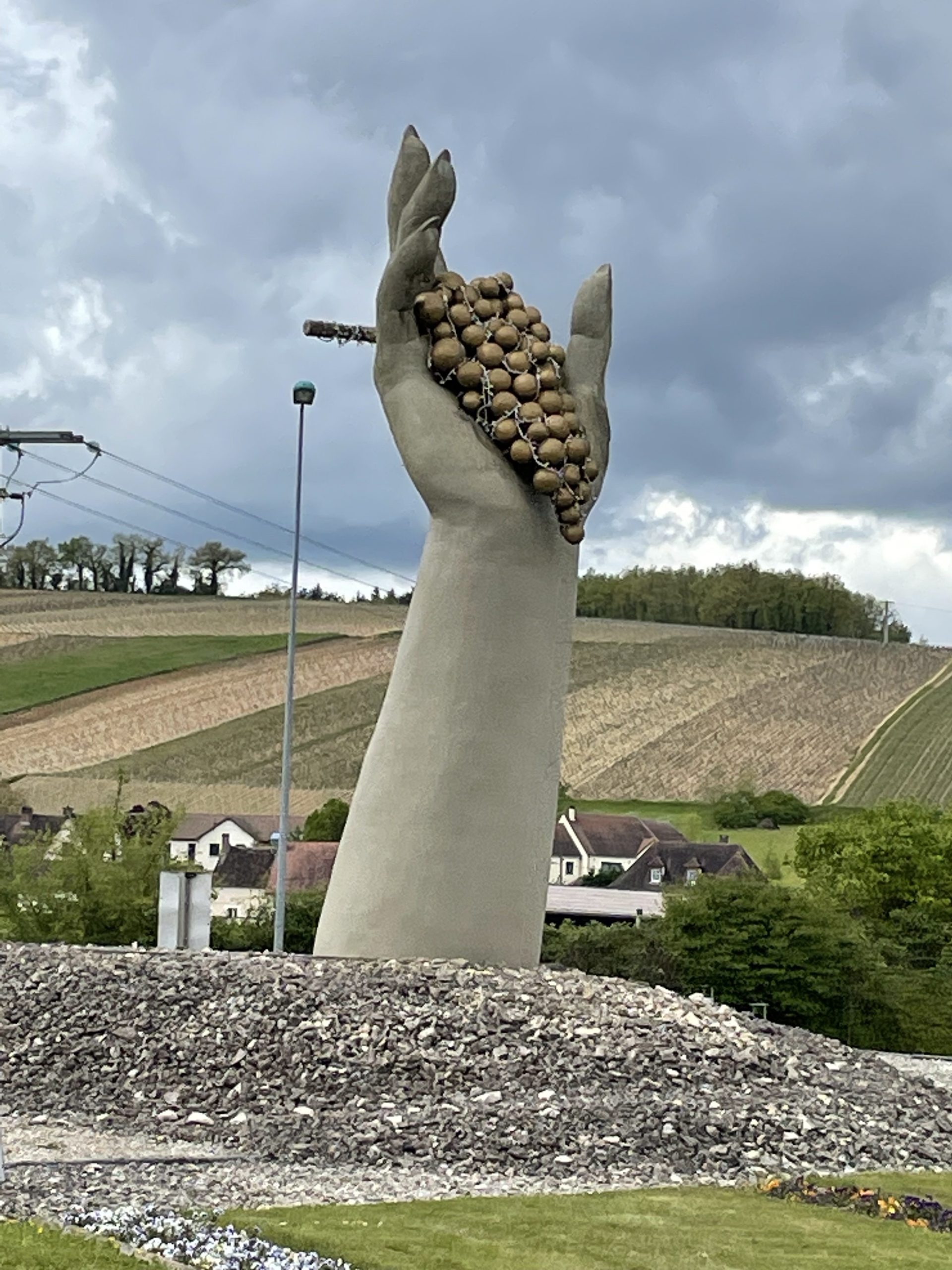
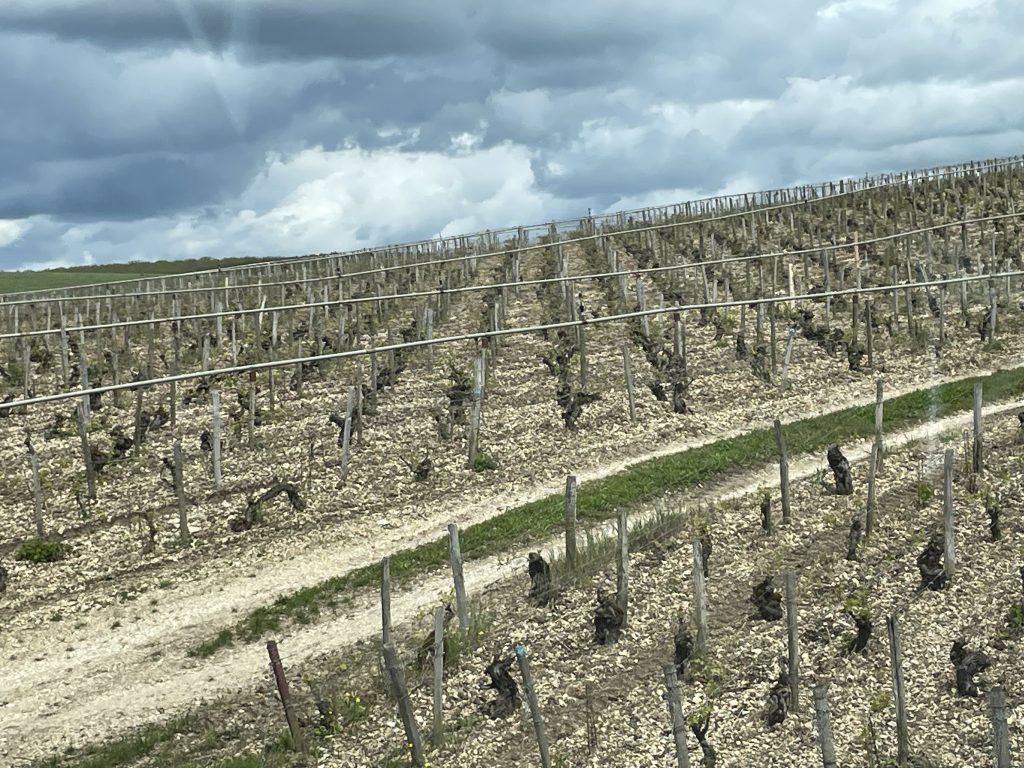
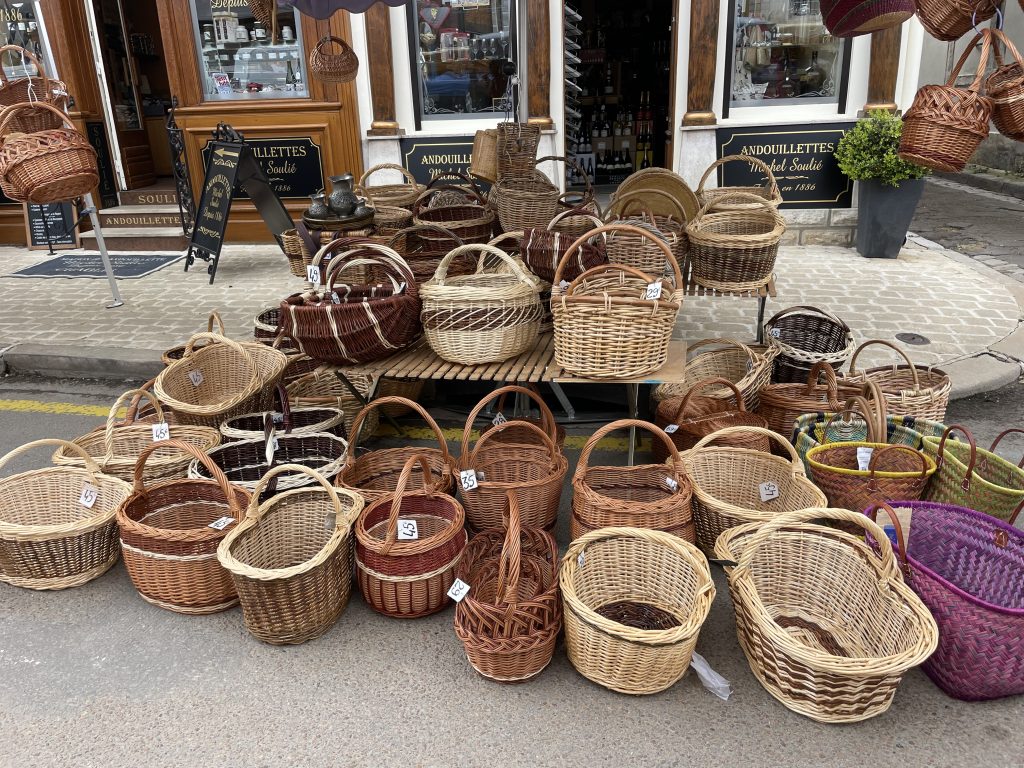
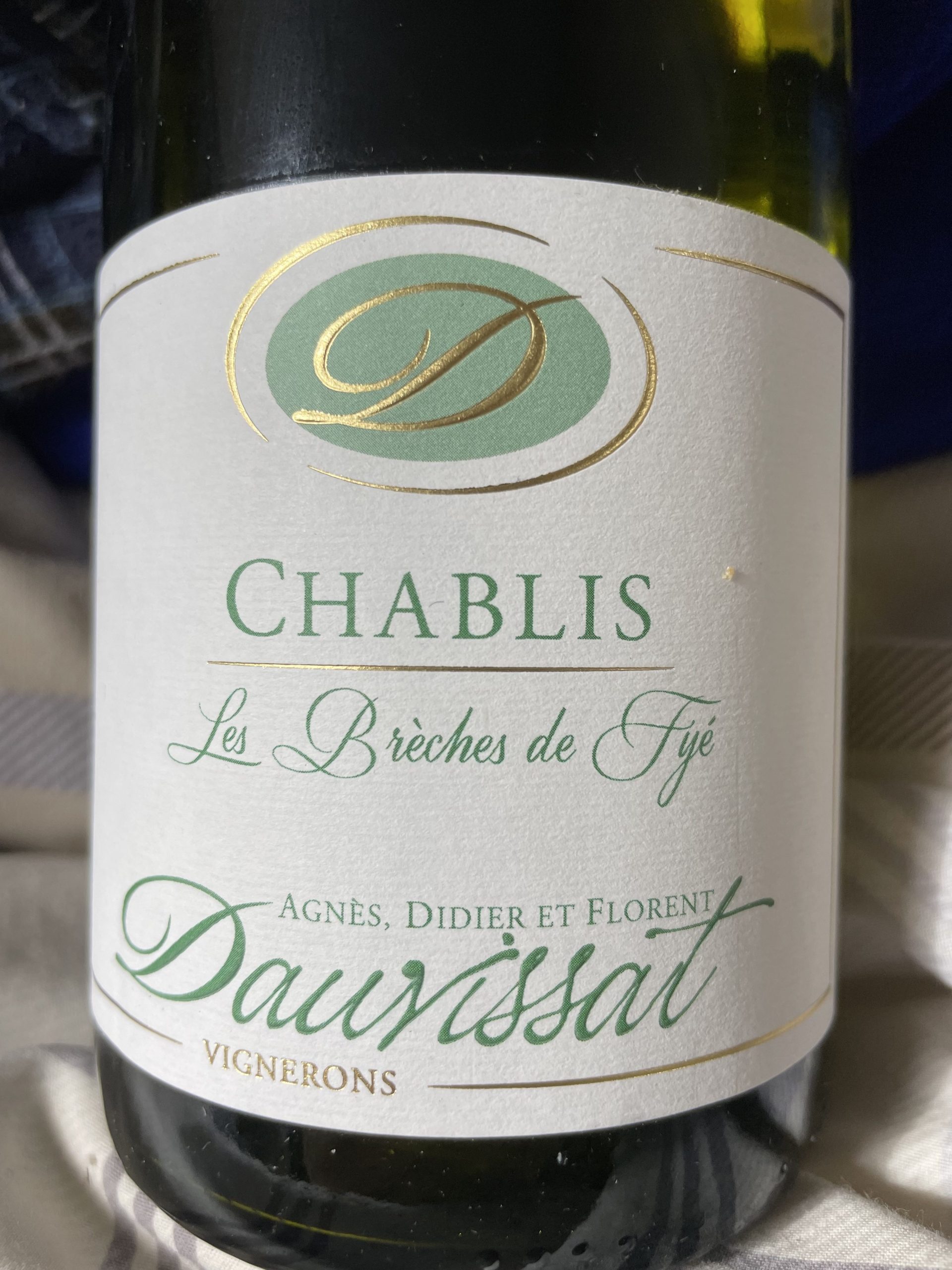
AND LASTLY …
TROYES
We weren’t sure whether we liked Troyes (pronounced Trois, like number three) at first. We had left our camper at an Aire on the outskirts of the city and walked in, at first it felt eerily deserted and a bit spooky. We continued, thinking it was because it was Sunday afternoon, but the centre was deserted too.
All around us were these gorgeous medieval buildings, street after street after street, most of them in a poor state of repair, it felt like a film set, half expecting horses and carriages to come round the next corner with actors in period dress. But they didn’t. It was literally like a ghost town.
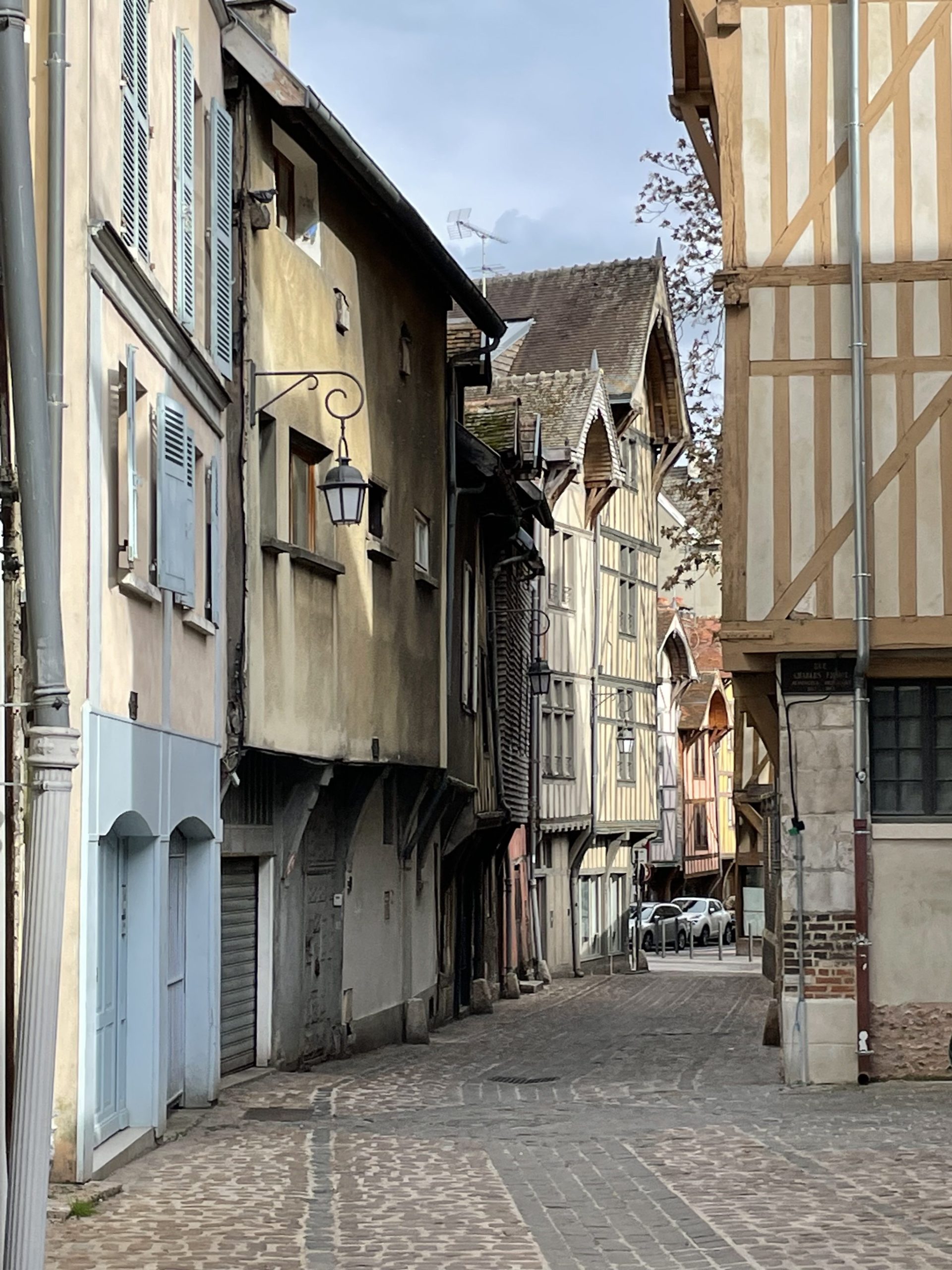
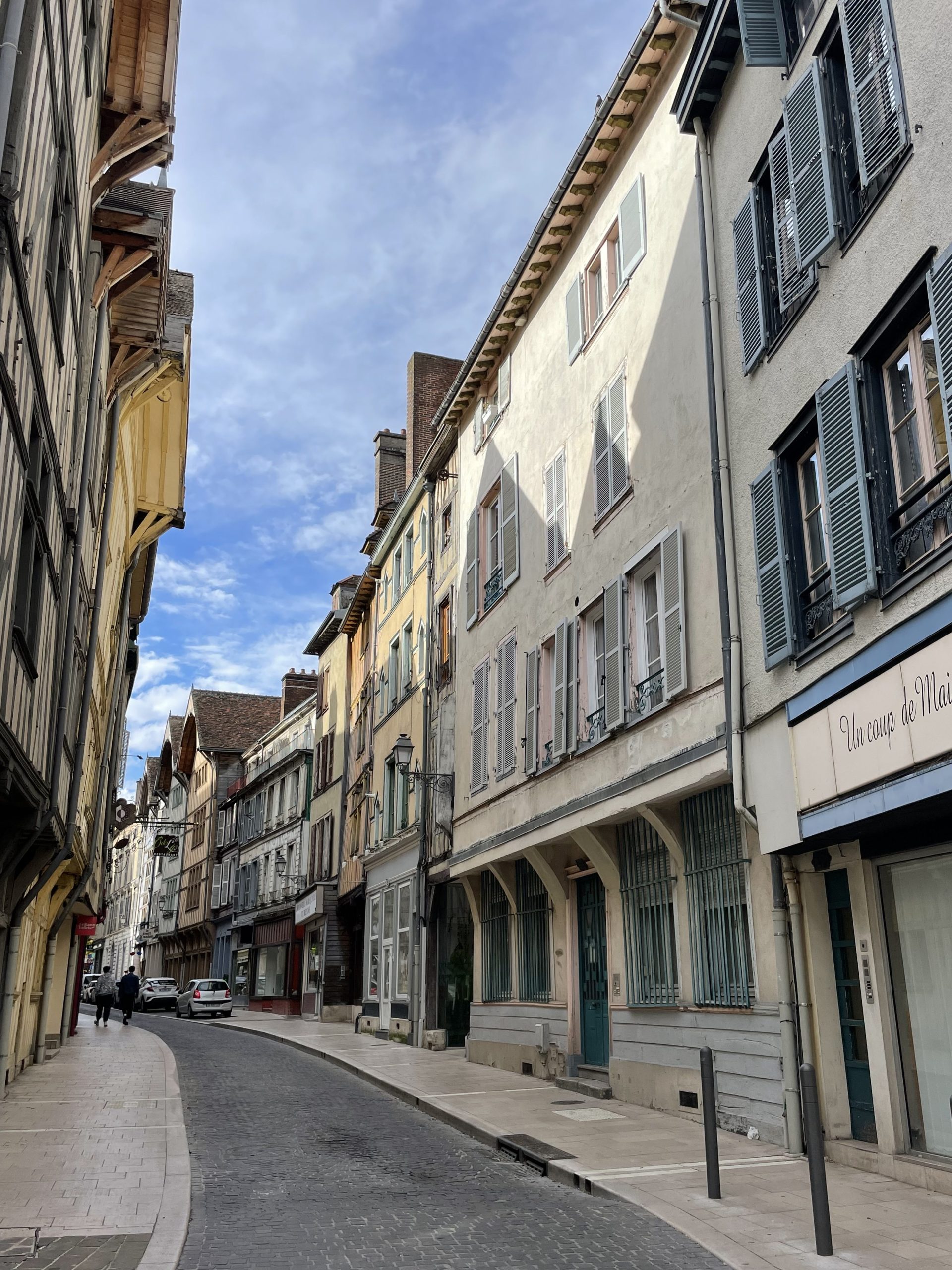
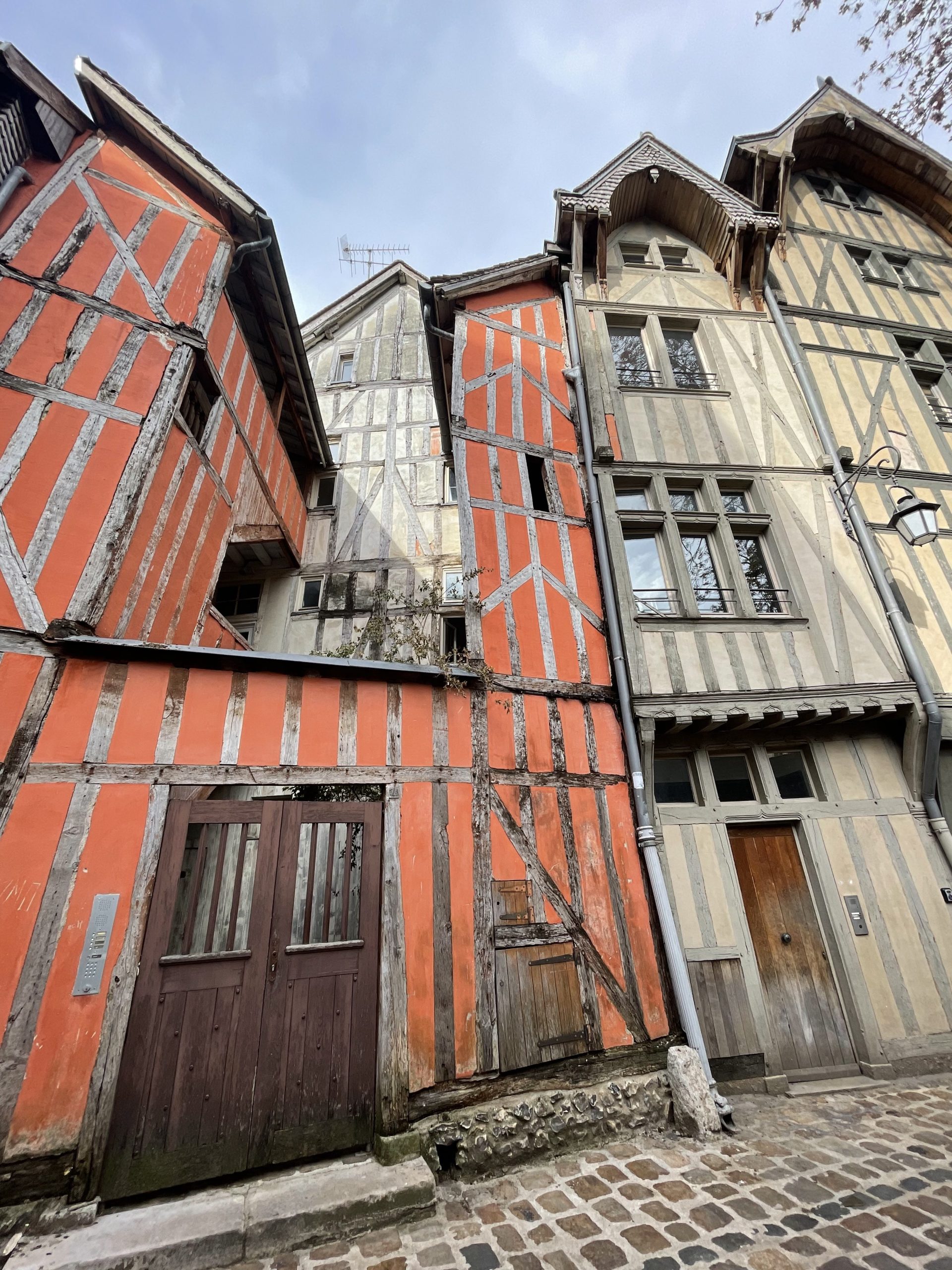
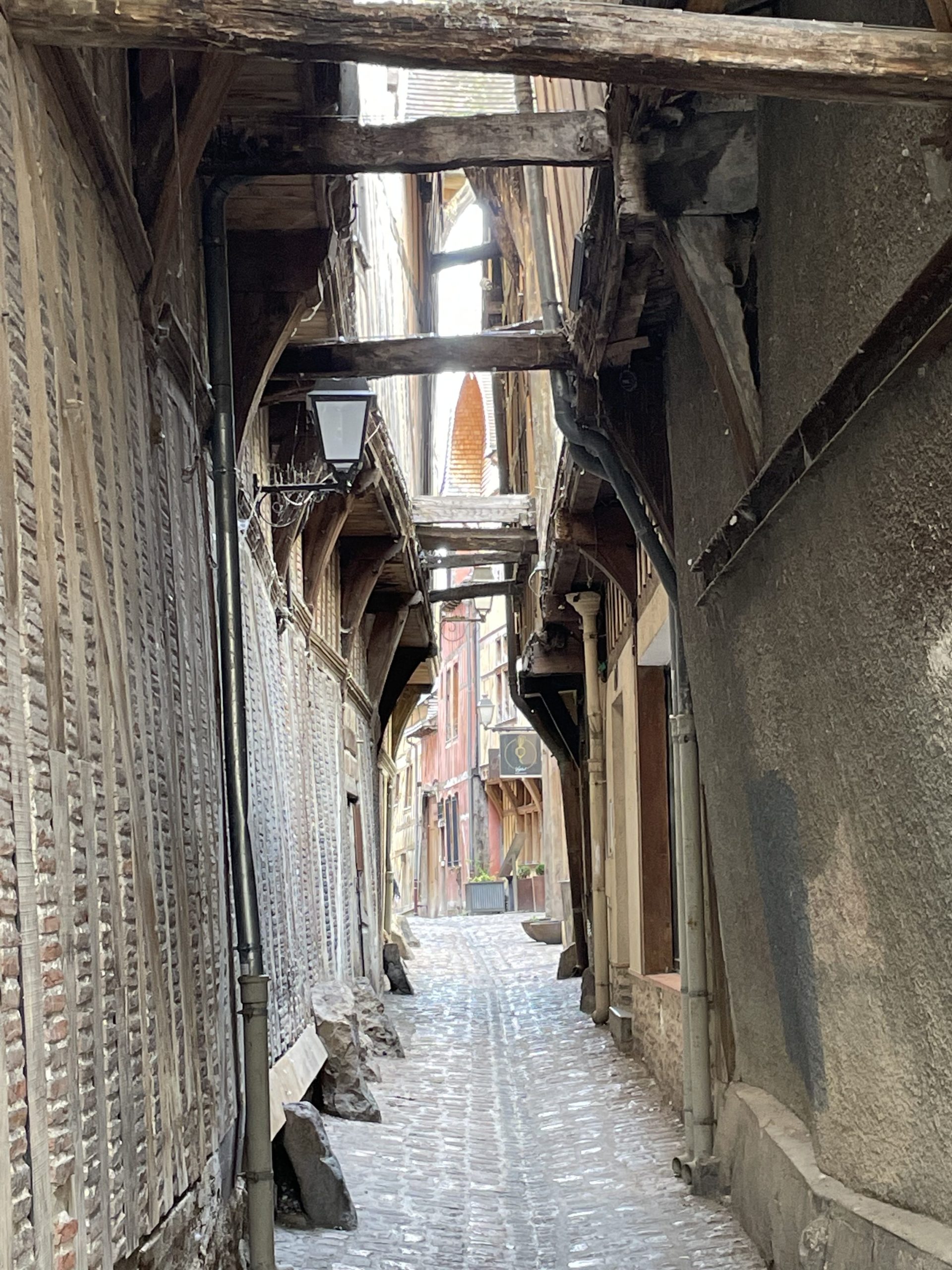
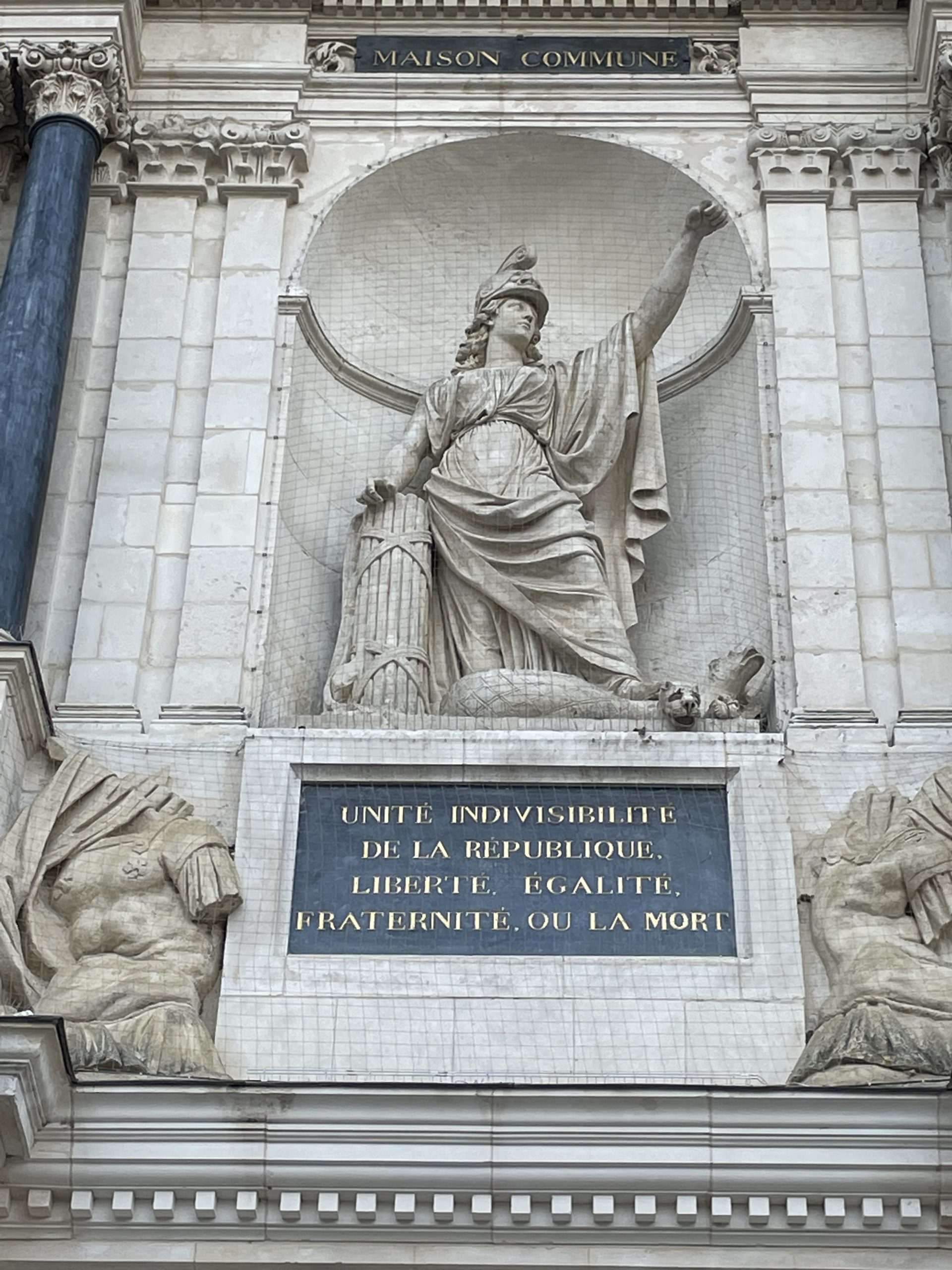
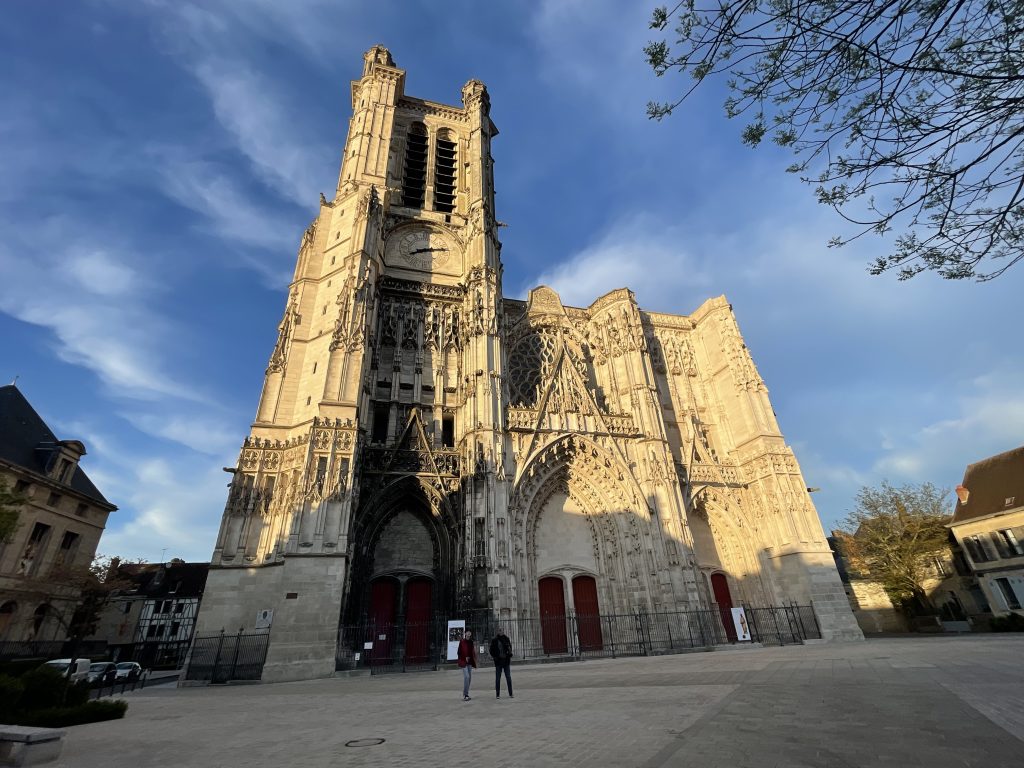
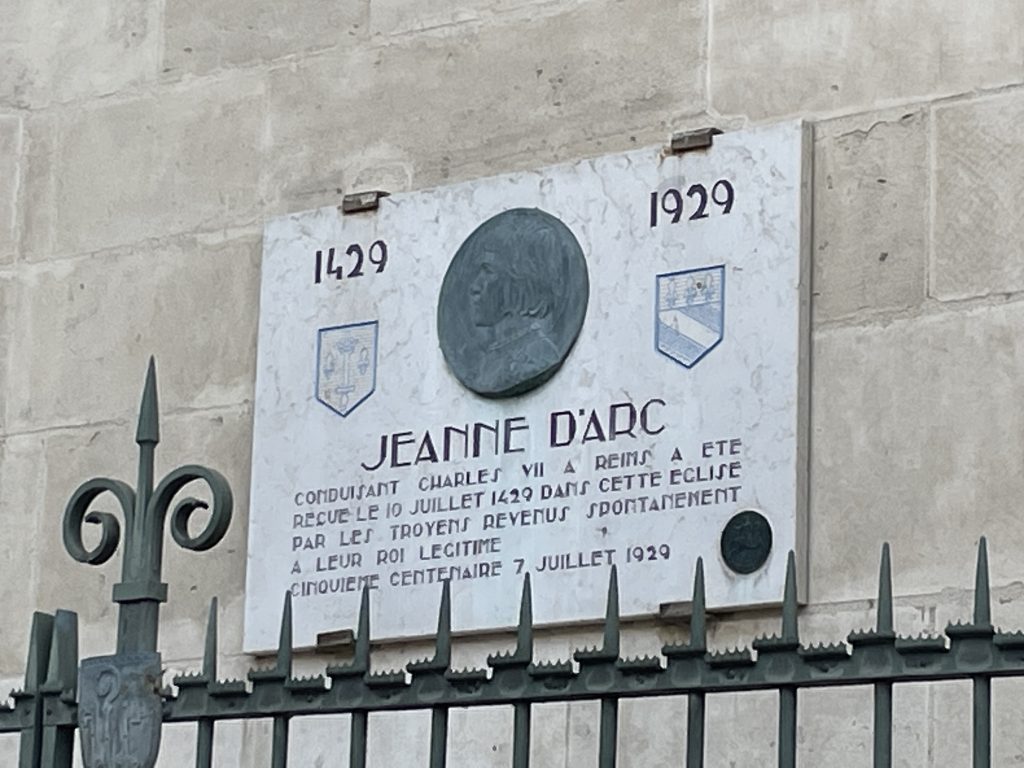
We found the Museum of Tools – Maison de l’Outil – where 12,000 handmade tools from 17-19th centuries were beautifully showcased in glass displays. The tools had been used by craftsmen involved in carpentry, ironwork, leather and stone. It was remarkable how well presented the items were.
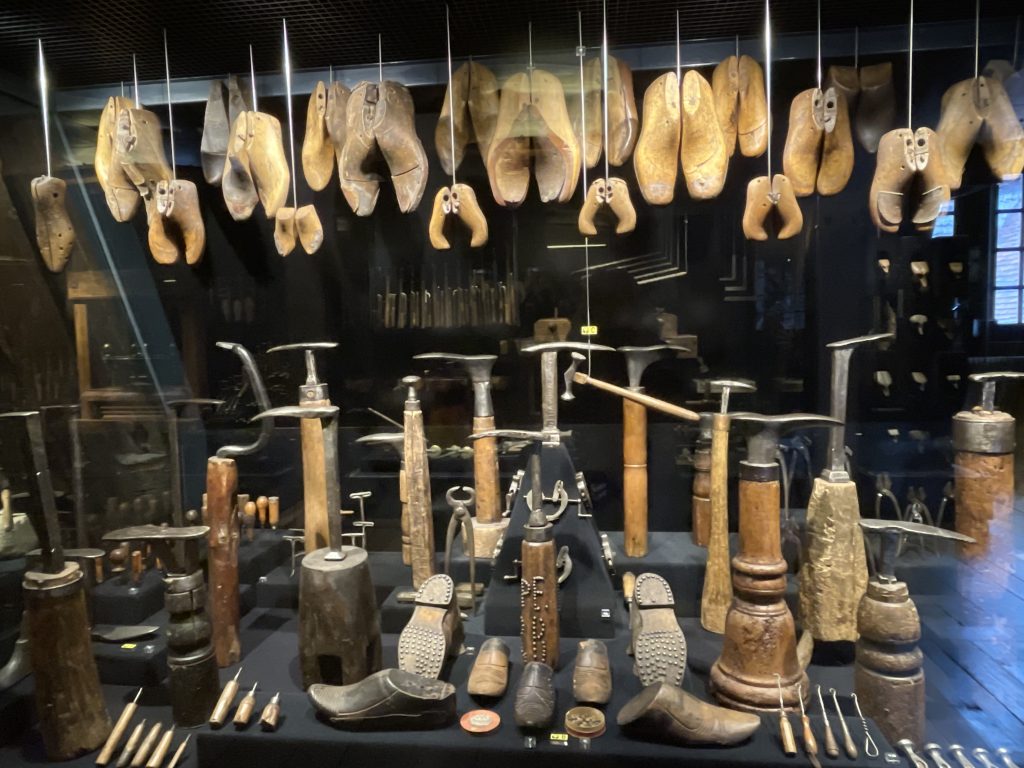
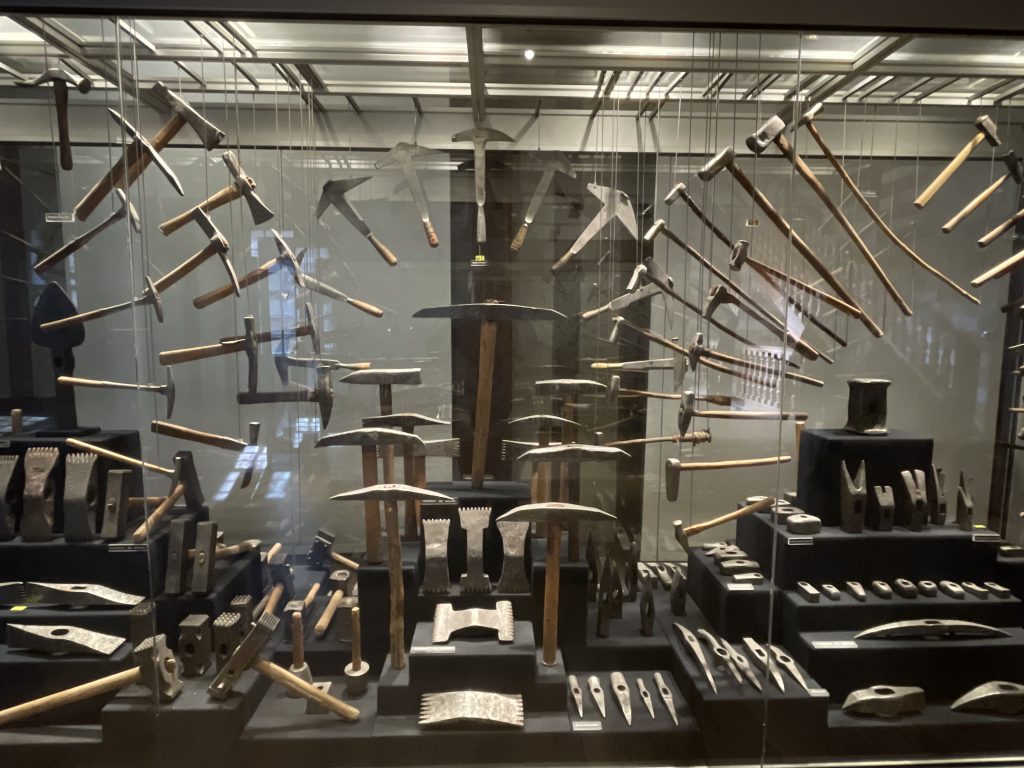
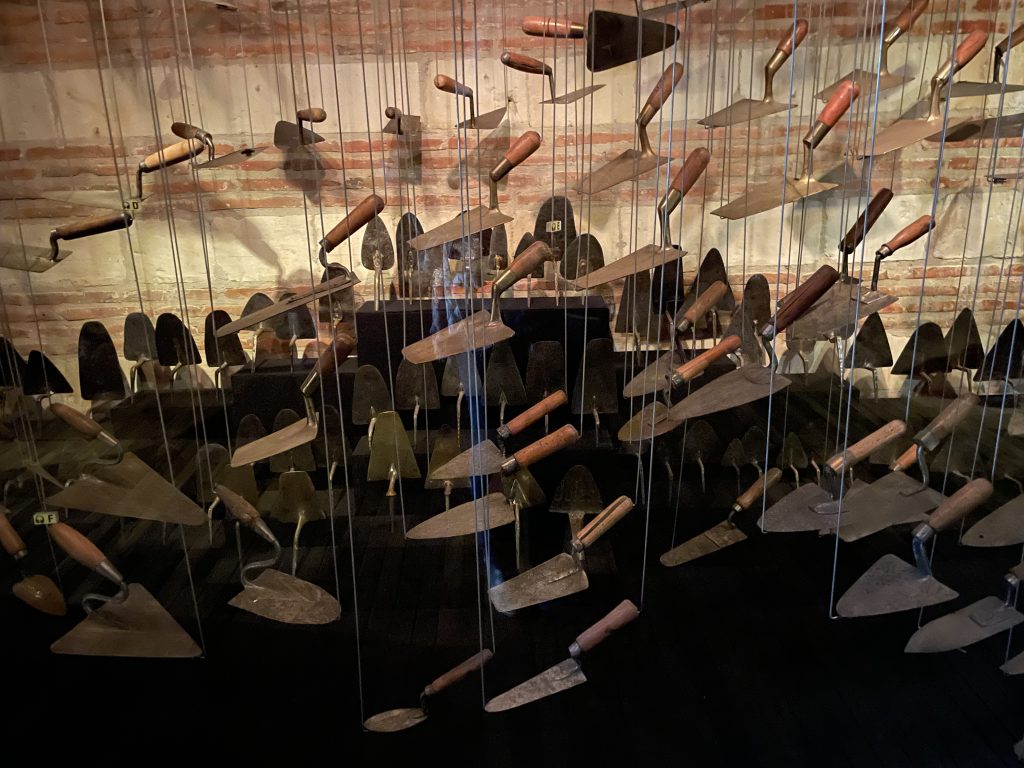
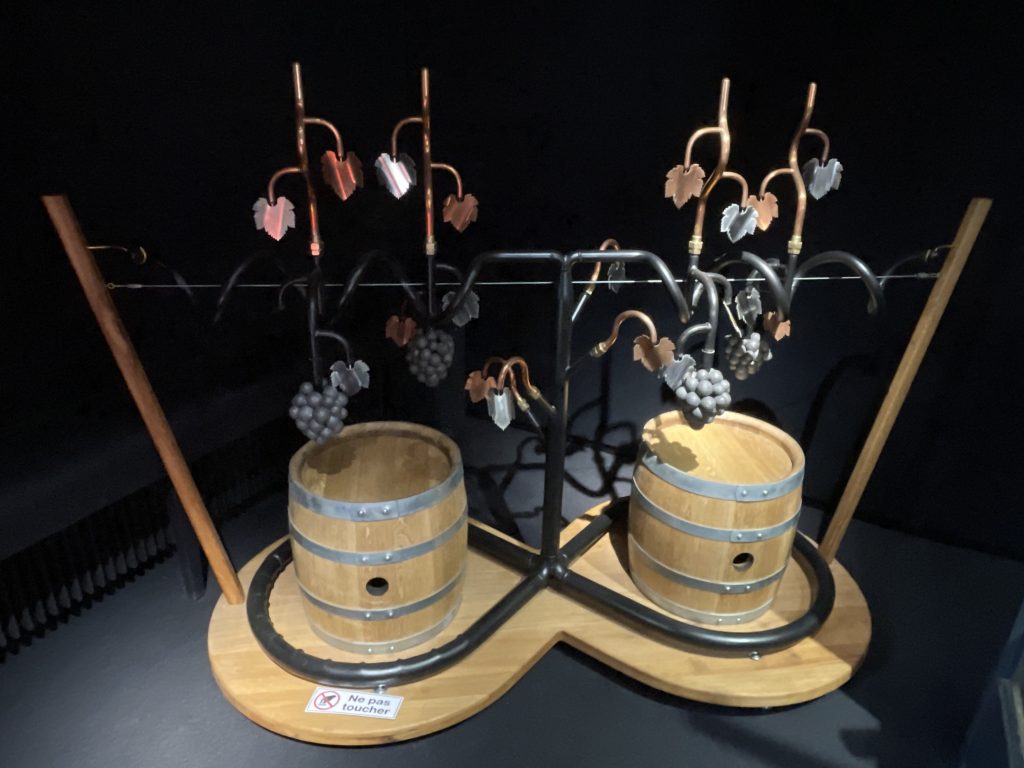
Despite the eeriness, Troyes grew on us, the longer we were there the more we liked it, and we will certainly return.